Homemade Grenadine using fresh pressed in season pomegranate juice, homemade Pomegranate Molasses and rose water offers a bright tart-sweet syrup with delicate floral notes of rose and a lush juicy rich mouthfeel, for use in cocktails, mocktails and sodas such as vintage fancy Daisies like a Blood Orange Daisy and Pomegranate and Rose Daisy and 1920’s style Pick-me-up cocktails such as Harry’s Pick me up cocktail with homemade Grenadine.
What is Grenadine or Pomegranate Syrup? Pomegranate Juice Syrup
Grenadine, or Pomegranate Syrup is a pomegranate juice syrup sweetened with sugar and sometimes flavoured with Pomegranate Molasses, orange flower water or rose water, vanilla, or lemon, for use in cocktails and fancy drinks.
How do you make Grenadine?
Grenadine is made using different techniques including fresh pressed juice, high quality store bought juice, and gentle heat process to dissolve sugar. Flavouring with store bought or homemade Pomegranate Molasses made using a hot cooking process through which sugars and acids are concentrated. Other recipes use this sort of hot cooking process to reduce the whole syrup rather than only a molasses component.
Grenadine Syrup for Cocktails: Gentle Heat Process
Grenadine cocktail syrup uses varying ratios of sugar to pomegranate juice, ranging from 1:1, to a sweeter 2:1 and less sweet around 3:4 sugar to pomegranate juice, and may be flavoured with Pomegranate Molasses (which also adds further sweetness and acidity) and accented with orange flower or rose flower water or vanilla (see Morgenthaler 2009; Simmons 2018, updated 2023; Difford 2023; Drinking Hobby 2020). Jeffrey Morganthaler (Morganthaler 2009) in his How to Make Your Own Grenadine uses fresh pomegranate juice while others rely on high quality store bought pomegranate juice. Brendan from Drinking Hobby, in his How to Make Your Own Delicious Grenadine makes his own Pomegranate Molasses, he offers methods for using high quality store bought or fresh pomegranate juice. Grenadine recipes reviewed here used a gentle heat to dissolve sugar and preserve bright fruit flavour (Pomegranate Molasses uses a hot cooking process for reduction – for more on this see below).
Pomegranate Molasses: Hot Process, Reduction, Concentrated Acidity & Sugars
Adding even a small amount of Pomegranate Molasses will add complex sweetness and acidity as molasses is slow cooked via reduction so that water evaporates from the juice and concentrates both acids and sugars. Adding Pomegranate Molasses to Grenadine Syrup offers a combination of fresh bright pomegranate juice notes and concentrated jammy cooked sugars and complex acidity in the molasses. Homemade Pomegranate Molasses can be made with no sugar, concentrating sugars through long slow reduction over 2 hours as in the method used by Nik Sharma (Sharma 2021) in his How to Make Pomegranate Molasses From Fresh Fruit or Juice Recipe. Pomegranate Molasses can also be made like jam via the method of Michael Rantissi and Kristy Frawley (Rantissi & Frawley 2015: 229) in Falafel for Breakfast with a small amount of sugar and lemon juice and fresh pomegranate juice simmered for 30 minutes, or more simply with sugar to pomegranate juice as in Brendan from Drinking Hobby (Drinking Hobby 2020) in his How to make your own Delicous Grenadine. Commercially produced Pomegranate Molasses may have additives such as sugar, salt, water, fruit concentrate, citric acid, and colour (caramel).
Grenadine/Pomegranate Syrup for Cocktails & Preserving: Hot Process, Reduction
A hot cooking process where water is reduced through evaporation is used in some Grenadine and Pomegranate Syrup recipes which may use less sugar but concentrate existing sugars through cooking.Kevin Liu’s (Liu 2013: 123) recipe for Grenadine Syrup for cocktails in his Craft Cocktails at Home has no sugar added and uses cooking to reduce the juice by half. Alex Elliott-Howery and James Grant in Cornersmith (Elliott-Howery & Grant 2016: 142) offer a preserving recipe for Pomegranate Syrup by with a small amount of sugar and fresh pomegranate juice also uses a reduction cooking process. This recipe can also be heat treated for a longer shelf life and is thus a great way to preserve fresh in season pomegranate juice. Simon Difford’s (2023) ‘messy’ method for making Pomegranate Syrup in his article Pomegranate (Grenadine) Syrup uses fresh pomegranate seeds, cooked with vanilla and simple syrup. Instead of relying on larger amounts of added sugar for sweetness and preserving, pomegranate juice or seeds and simple syrup are cooked and reduced thereby concentrating sugars and acidity.
How is homemade Grenadine Different & how do you make it?
Modern commercially produced Grenadine may contain colourings and flavourings and be made from sugar, blends of concentrated fruit juices, such as Black Currant, Raspberry and Elderberry, and water, rather than fresh pomegranate juice. In contrast, homemade Grenadine offers a bright sweet-tart Pomegranate Syrup made from fresh in season pomegranate juice, sweetened with a little raw sugar, flavoured with complex acidity and sugars from homemade Pomegranate Molasses, and delicate floral rose water. Homemade Pomegranate Molasses used here is made from fresh pressed pomegranate juice, a little raw sugar and fresh lemon juice, reduced over low heat to form a thick, viscous deep red molasses with a sweet-tart fruity flavour. The brightness and red colour of the fresh pomegranate juice in Grenadine is retained through using a gentle heat process, enough only to dissolve the sugar and Pomegranate Molasses. Pomegranate Molasses preserves fresh pomegranate juice for up to 3 months in the fridge, while Grenadine lasts for 2 weeks in the fridge. Homemade Grenadine offers fruity, tart, and sweet and floral notes to drinks and because of the thicker and richer complex acidity and jammy sugars of homemade Pomegranate Molasses a lush mouthfeel.
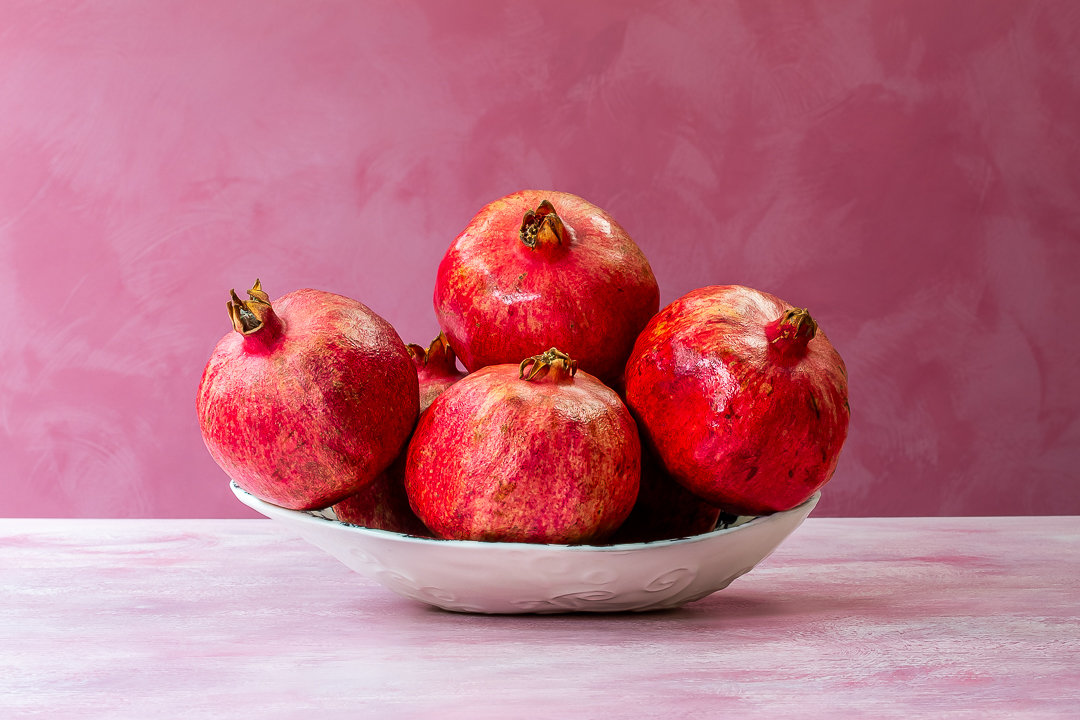
In Season Pomegranates
Homemade Grenadine is best made with fresh in season pomegranates – in Australia pomegranate season is in Winter. I find about 6 small-medium pomegranates just the right amount for making a small batch of Pomegranate Molasses and a small batch of Grenadine (there will be a small amount of molasses left over for other uses such as desserts or dressings). Michael Rantissi and Kristy Frawley (Rantissi & Frawley 2015: 229) in Falafel for Breakfast advise that one pomegranate will yield about 100mls of juice – in my experience this would be a larger pomegranate – the smaller to medium ones yielding around just over 80mls.
Roll Pomegranate to Break Membranes
Extracting the arils from pomegranates is easy when you roll your pomegranate first to break the white membranes inside – roll on a chopping block using the flat of your hand, use two hands if the fruit is very hard. Michael Rantissi and Kristy Frawley (Rantissi & Frawley 2015: 194) in Falafel for Breakfast suggest this method for releasing arils for juicing from fresh pomegranates.
Cut Pomegranate in Half
The fruit is ready to cut in half with a sharp knife when you hear a cracking sound of the membranes breaking and the skin becomes pliable. If you continue rolling for too long after this point the fruit may split apart and burst spraying pomegranate juice and arils everywhere so it’s best to stop at this point when you hear cracking, and the hard skin starts to give.
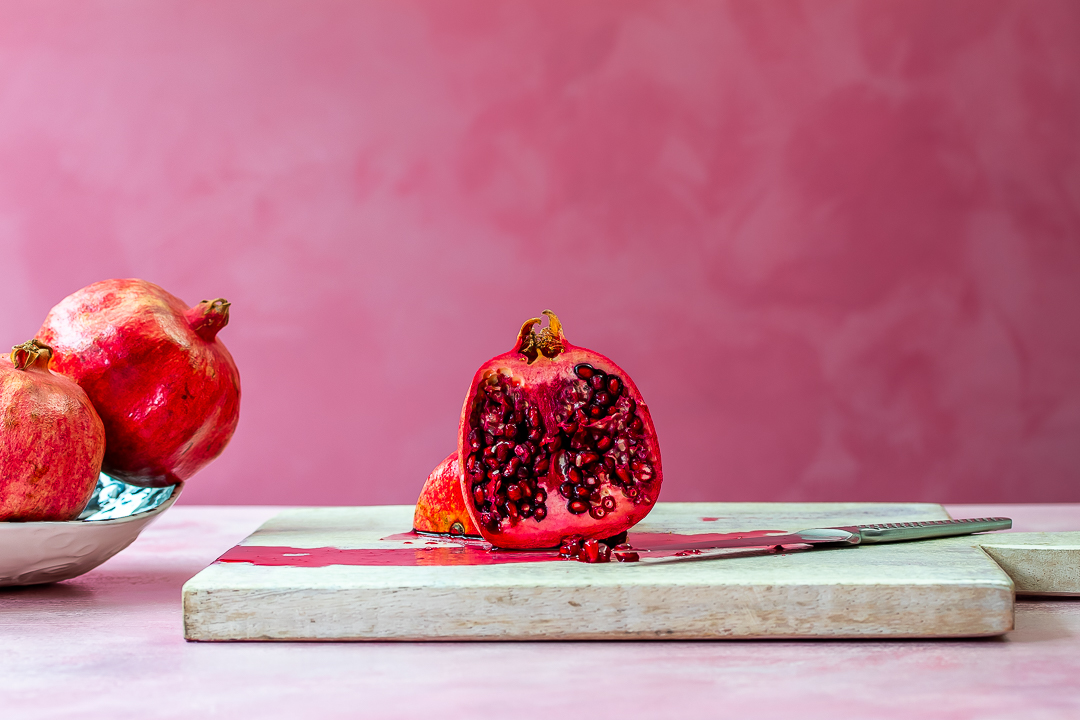
Release Arils
Release the arils by turning the pomegranate shell upside down and inside out and gently releasing the arils into a bowl with your fingers. Pick over the bowl of arils to remove the white membranes.
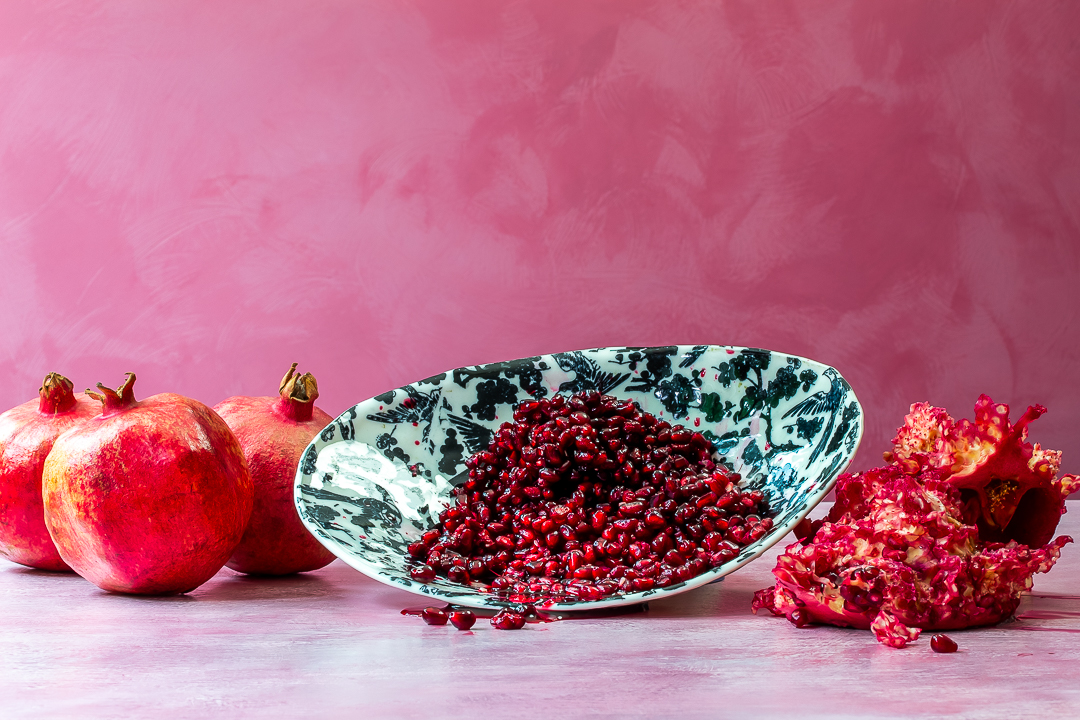
Freshly Pressed Pomegranate Juice
Homemade Pomegranate Molasses and Grenadine uses freshly pressed pomegranate juice made from fresh in season Pomegranates. I freshly press in season pomegranate arils using a hand lemon sized citrus press to release the juice which is then strained. Press fresh arils twice through a lemon sized citrus press or Mexican Elbow to release their juices. Jeffrey Morganthaler (Morganthaler 2009) in his article How to Make Your Own Grenadine recommends adding the whole halved pomegranate to a grapefruit sized juice press and juicing and this method is also referred to by Brendan from Drinking Hobby (2020) in his article How to Make Your Own Delicious Grenadine which is where I first heard of it. As I do not have a grapefruit sized press I added the individual arils to a smaller sized press – I find this method works well if you press the arils twice, but you can add the arils to a food processor or use a sturdy muddler or potato masher to release the juice as well.
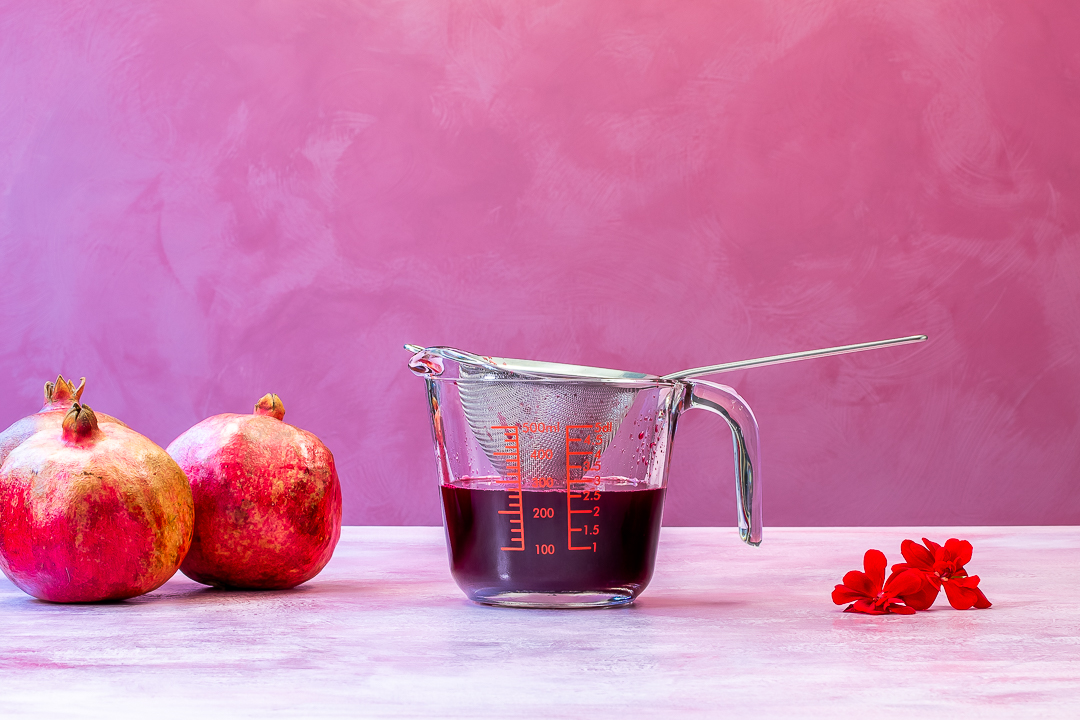
Homemade Pomegranate Molasses
I flavour my homemade Grenadine with homemade Pomegranate Molasses which is made with 1 cup of freshly pressed pomegranate juice, 50grms raw sugar and 30mls fresh lemon juice, gently reduced over low heat for 20-30 minutes. This quicker process Pomegranate Molasses recipe which I follow is the method suggested by Michael Rantissi and Kristy Frawley (Rantissi & Frawley 2015: 229) in Falafel for Breakfast. It is much quicker 20-30 minutes compared to slow reduction which may take up to 2 hours. Adding fresh lemon adds additional acidity and complexity to the flavour and helps with the setting, only a small amount of additional sugar is used more in the style of a seasoning and when combined with the sugars in the juice which are concentrated through cooking this is well enough to make the molasses both tart and sweet. Pomegranate Molasses offers complex acidity and sugars which are produced through the process of reduction where water evaporates from the pomegranate juice during cooking. This makes for a tart-sweet molasses that adds notes of jammy cooked Pomegranate to the Grenadine, the super bright tart jammy molasses has a viscous consistency that gives homemade Grenadine and drinks made with it a lush rich juicy mouthfeel.
Tip: You can test when the molasses is ready by dipping a cold teaspoon (chilled in the freezer) and checking if the molasses clings to the spoon.
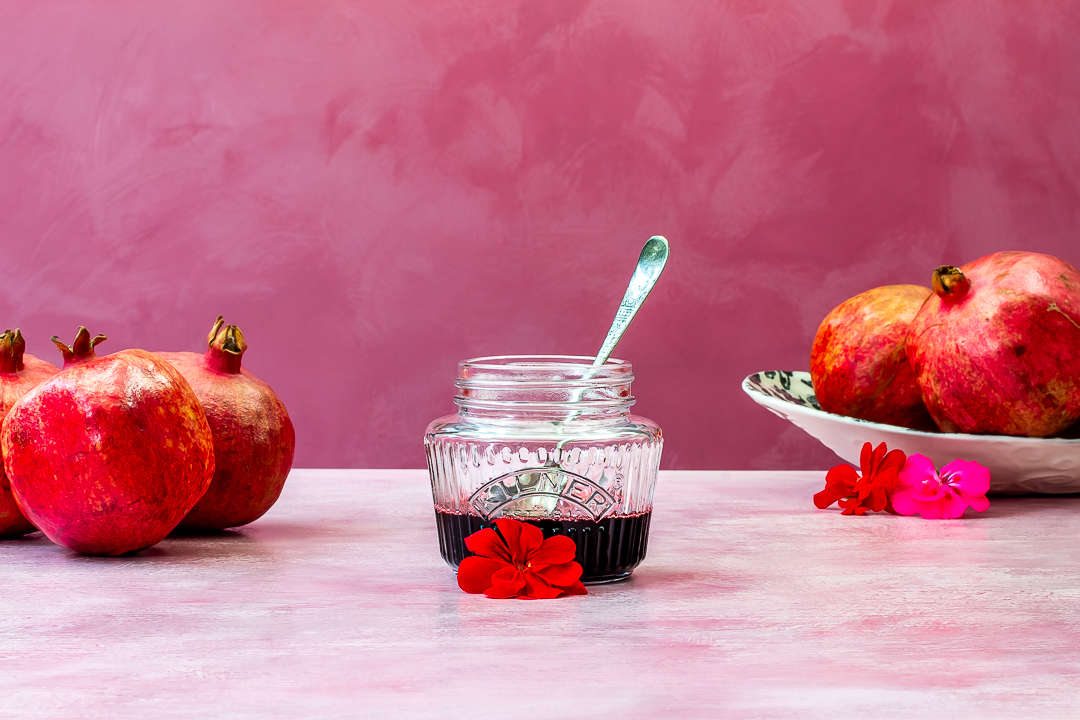
Decant & Refrigerate: Lasts 3 months
When your Pomegranate Molasses is ready, decant it into a sterilised jar and store in the refrigerator, lasts for up to 3 months.
Tip: Sterilise a jar by washing in hot soapy water and rinsing well. Add the jar on a baking sheet to a 110 C oven for 15 minutes or until dry. Boil the lid in hot water on the stove top for 5 minutes and air dry.
Homemade Grenadine
I follow the same process for making fresh pressed pomegranate juice as I have detailed above for making homemade Pomegranate Molasses.
Freshly Pressed Pomegranate Juice
I select fresh in season pomegranates, rolling to break the membranes, and releasing arils into a bowl before pressing the juice with a citrus press twice and straining before adding the other ingredients – sugar, Pomegranate Molasses and rose water.
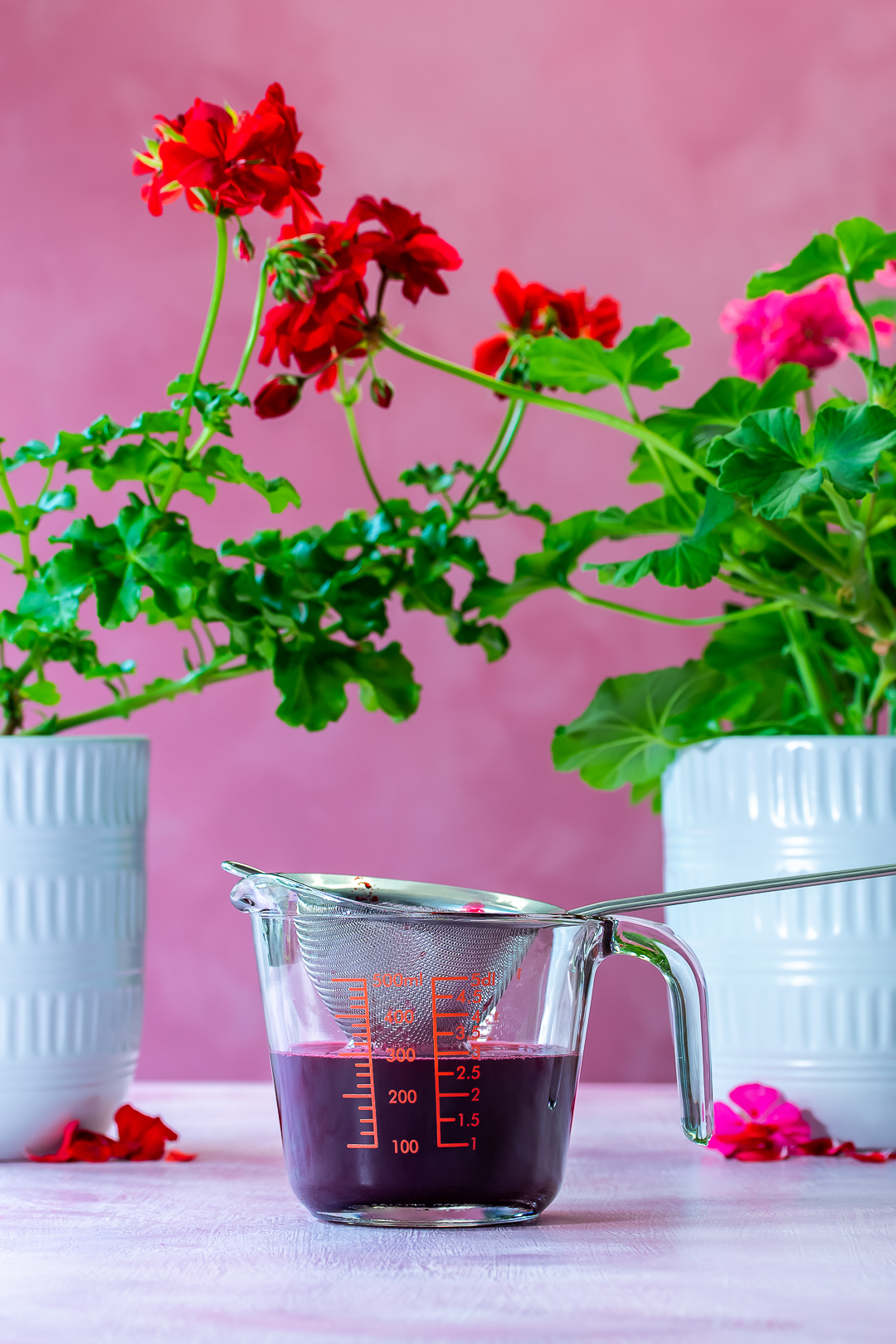
Raw Cane Sugar
I use raw cane sugar for more flavour in my Grenadine (and Pomegranate Molasses) – preferably a low GI cane sugar if you can find this. I use less sugar with a ratio of two parts pomegranate juice to one part sugar in my Grenadine (and use only a little raw sugar 50grms /1 cup of pomegranate juice in my Pomegranate Molasses). Pomegranate juice is sweet as well as tart and I want the fresh tart fruity notes of the pomegranate to be the star of the syrup and molasses rather than the sugar.
Pomegranate Molasses
I flavour and add additional sweetness to my homemade Grenadine with 2 tablespoons (40mls) of homemade Pomegranate Molasses which has concentrated sweetness and tartness and adds viscous smooth tart jammy thickness to the finished Grenadine syrup and drinks it is made from.
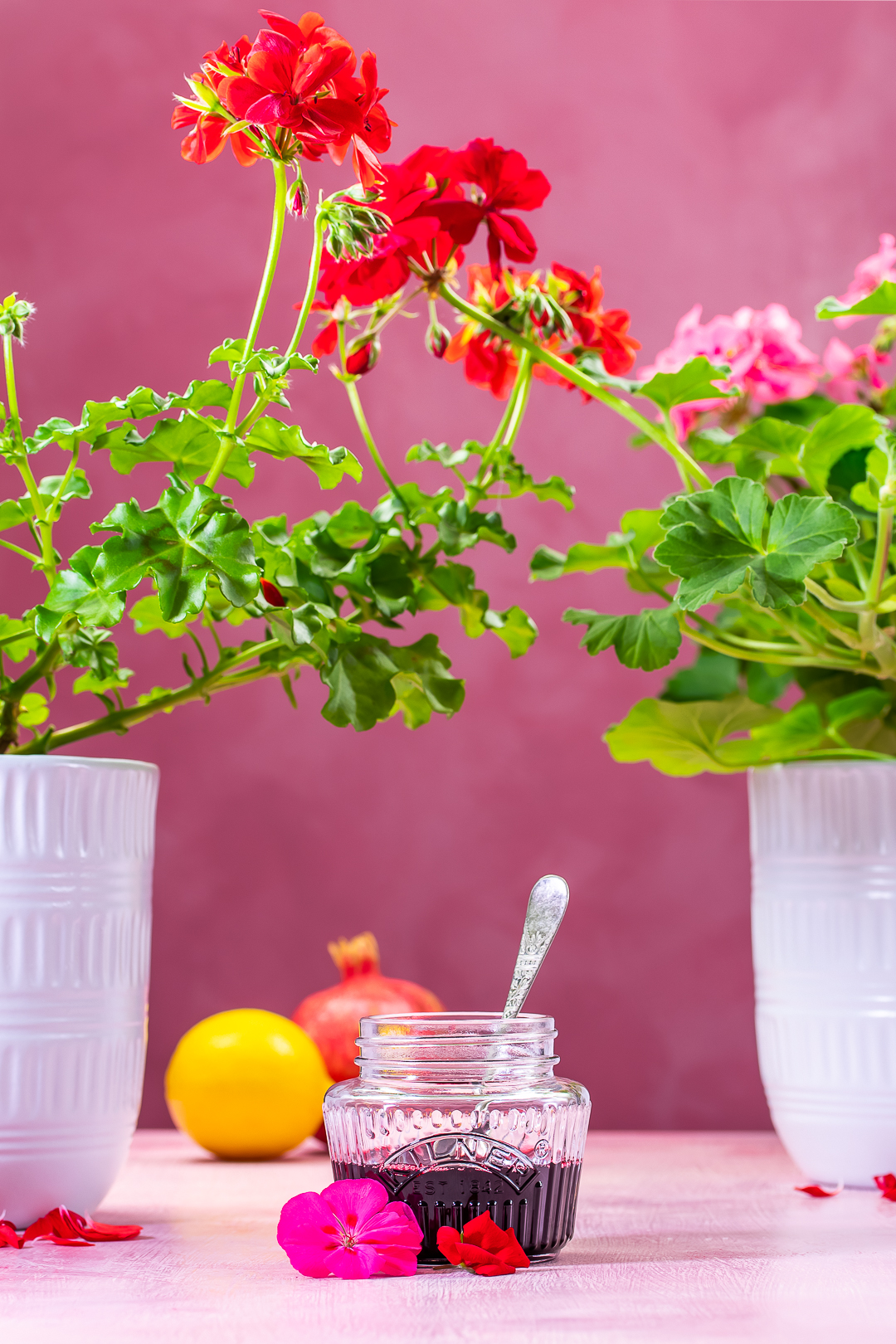
Gentle Heat Process
I use a gentle heat process to dissolve the sugar and Pomegranate Molasses into the pomegranate juice. Use of gentle heat means that the bright fresh tart, fruit flavour of the pomegranates is preserved while jammy sugars and complex acidity are added by the Pomegranate Molasses.
Rose water or Rosewater
Once your Grenadine has cooled add your rose water for floral notes that complement the tart fruity sweet pomegranate. I first saw a Grenadine with rose water in Marcia Simmons (2018, updated 2023) DIY Grenadine Recipe in Serious Eats and was inspired to try this pomegranate rose combination. You can also try orange flower water, vanilla, or lemon.
Decant & Refrigerate: Lasts 2 weeks
When your Grenadine is ready decant into a sterile jar and refrigerate for up to two weeks.
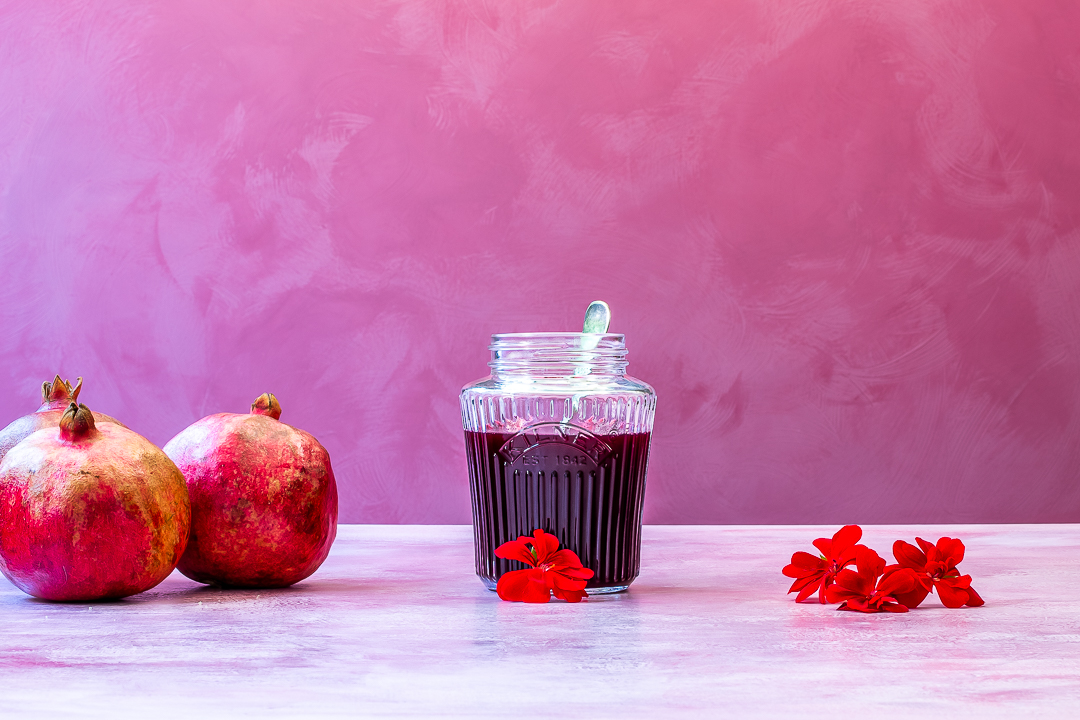
How to use homemade Grenadine and Pomegranate Molasses
Homemade Grenadine can be used in cocktails, mocktails and sodas. As this is a lower sugar syrup you may need to use a little more – test your balance and adjust as needed. See my posts on Blood Orange Daisy, Pomegranate and Rose Daisy for Fancy Daisy cocktails and for a 1920’s style Pick-me-up cocktail, my post on Harry’s Pick me up cocktail with homemade Grenadine. Pomegranate Molasses can be used to make Homemade Grenadine and in cocktails and desserts such as over ice cream or yoghurt as well as glazes and dressings. Homemade Grenadine and homemade Pomegranate Molasses offer a celebration of fresh in season Pomegranates, preserving their bright, tart fruity, sweet flavour.
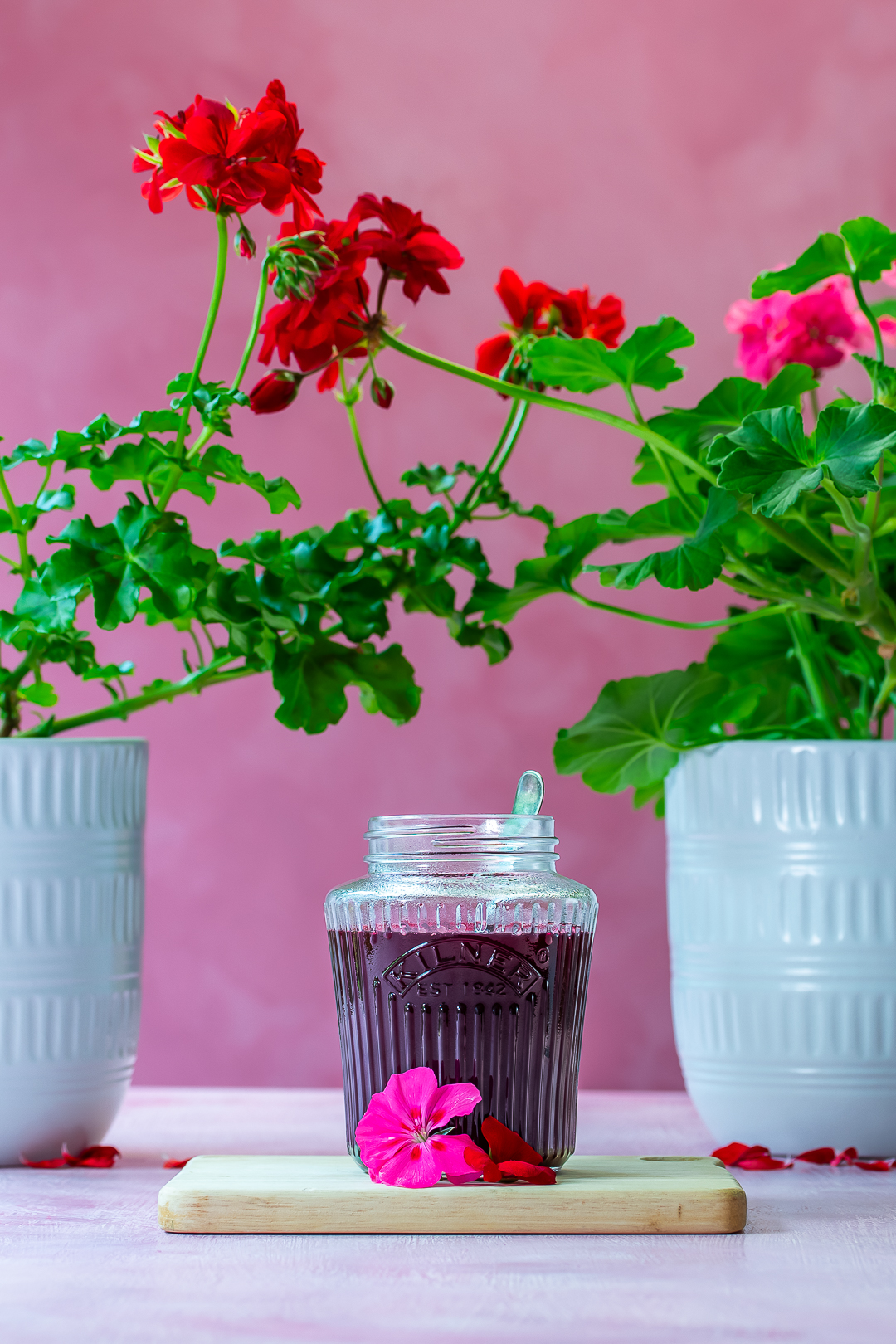
Grenadine: homemade pomegranate juice & molasses, rose water
Print RecipeIngredients
- POMEGRANATE MOLASSES: 1 cup pomegranate juice
- 50grms raw cane sugar (low GI if possible)
- 25mls lemon juice
- GRENADINE OR POMEGRANATE SYRUP: 1 cup pomegranate juice
- 1/2 cup raw cane sugar (low GI if possible)
- 2 tablespoons Pomegranate Molasses
- 1 teaspoon rose water
Instructions
POMEGRANATE MOLASSES: Place a couple of teaspoons in the freezer for later use to test the thickening of the molasses
Sterilise jar by washing in hot soapy water and rinsing well. Add jar on a baking sheet to a 110 C oven for 15 minutes or until dry. Boil the lid in hot water on the stove top for 5 minutes and air dry – for more information see Resources
Roll pomegranates on a heavy chopping block or work surface with the flat of your hand until you hear the membranes making a cracking sound
Cut open the pomegranates using a sharp knife
Use your hands, especially your fingers to search out and remove the arils or seeds from the membranes and shell
Once all the arils are extracted, pick over them to remove any white membrane
Juice the arils using a hand citrus juice press or a potato masher, juicer or food processor
If using a hand citrus juicer or potato masher process the arils twice to extract as much juice as possible
Strain the juice into a clean jug using a fine mesh sieve
Add fresh pomegranate juice, sugar and lemon juice to a saucepan
Heat on medium heat until simmering
Reduce heat to low and simmer for 20-30 minutes until thickened
Test thickening by placing a small amount on a cold teaspoon – the cooling process will show the true thickness as the molasses will be runnier when hotter and thicken to setting point when cooled down
Transfer to a sterilised jar, may be kept in the fridge for up to 3 months, or heat treat the jar for 15 minutes in a hot water bath to extend the shelf life further – see Resources
GRENADINE OR POMEGRANATE SYRUP: Sterilise jar by washing in hot soapy water and rinsing well. Add jar on a baking sheet to a 110 C oven for 15 minutes or until dry. Boil the lid in hot water on the stove top for 5 minutes and air dry – for more information see Resources
To make the Pomegranate Syrup or Grenadine follow the same process to make the fresh pomegranate juice as detailed above, for Pomegranate Molasses, rolling the pomegranates to break the membranes and then cutting them open and removing the arils with your hands, pressing to release the juice and straining them into a clean jug using a fine mesh strainer
Add the strained juice, sugar and Pomegranate Molasses to a saucepan and heat gently and stir only until the sugar and Pomegranate Molasses have dissolved
Allow the syrup to cool down to room temperature
Add the rose water and stir to combine
Decant into a sterilised jar and keep in the fridge for up to 2 weeks
Notes
Pomegranate Juice & Pomegranate Molasses Recipes
Michael Rantissi & Kristy Frawley (2015). Falafel for breakfast: Modern Middle Eastern Recipes for the Shared Table from Kepos Street Kitchen Murdoch Books: Crows Nest, Sydney.
Nik Sharma (2021). How to Make Pomegranate Molasses From fresh Fruit or Juice Recipe. In Serious Eats.
Grenadine Recipes
Brendan | Drinking Hobby (2020). How to Make Your Own Delicious Grenadine. In Drinking Hobby.
Simon Difford (2023). Pomegranate (Grenadine) Syrup. In Difford’s Guide.
Alex Elliott-Howery & James Grant (2016). Cornersmith: Recipes from the café and picklery. Murdoch Books: Crows Nest, Sydney.
Kevin Liu (2013). Craft Cocktails at Home: Offbeat techniques, crowd-pleasers, and classics hacked with science. Kevin Liu: Richmond, Virginia.
Jeffrey Morgenthaler (2009). How to Make Your Own Grenadine. In Jeffrey Morganthaler.
Marcia Simmons (2018, updated 2023). DIY Grenadine Recipe. In Serious Eats.
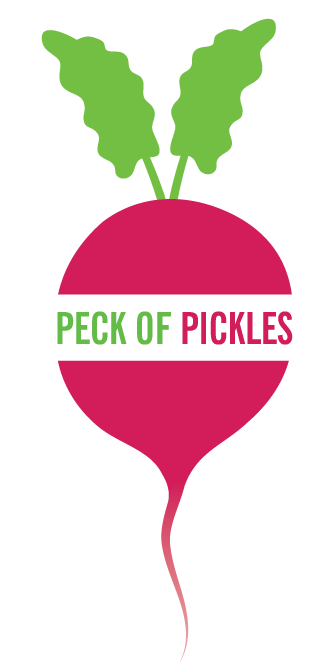
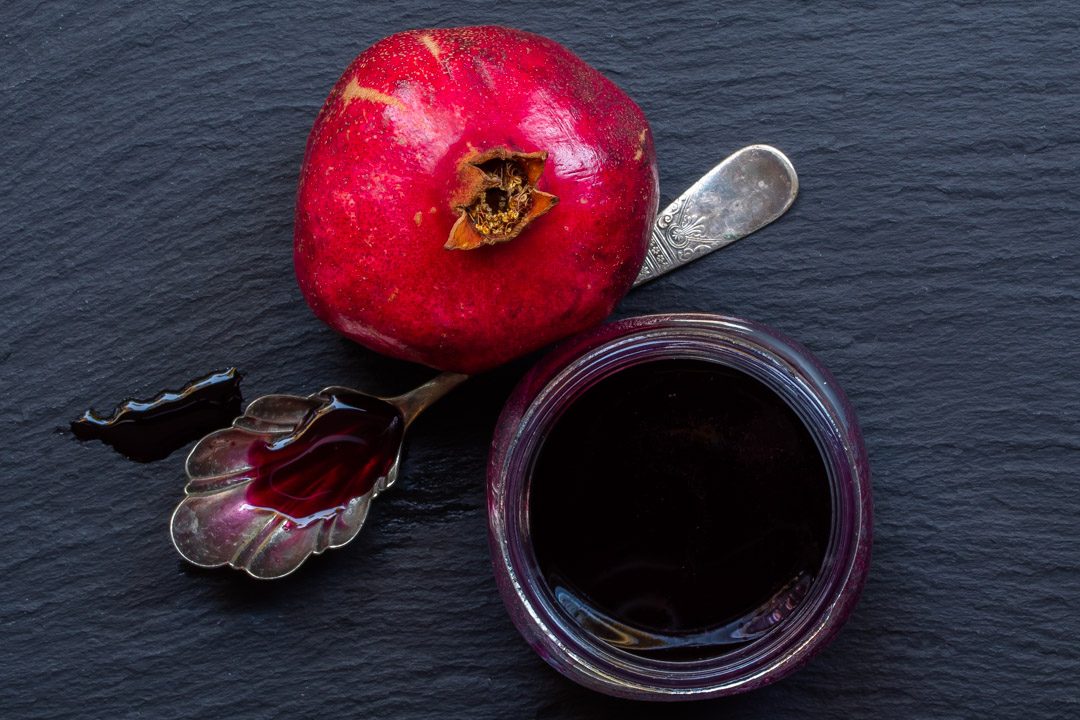
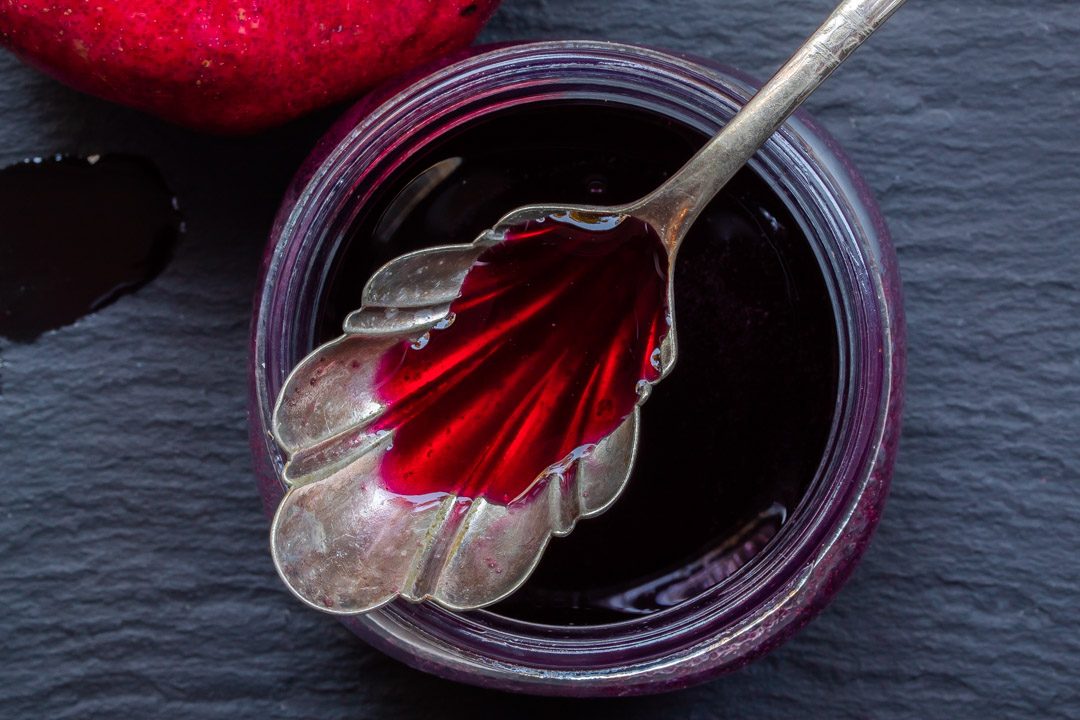
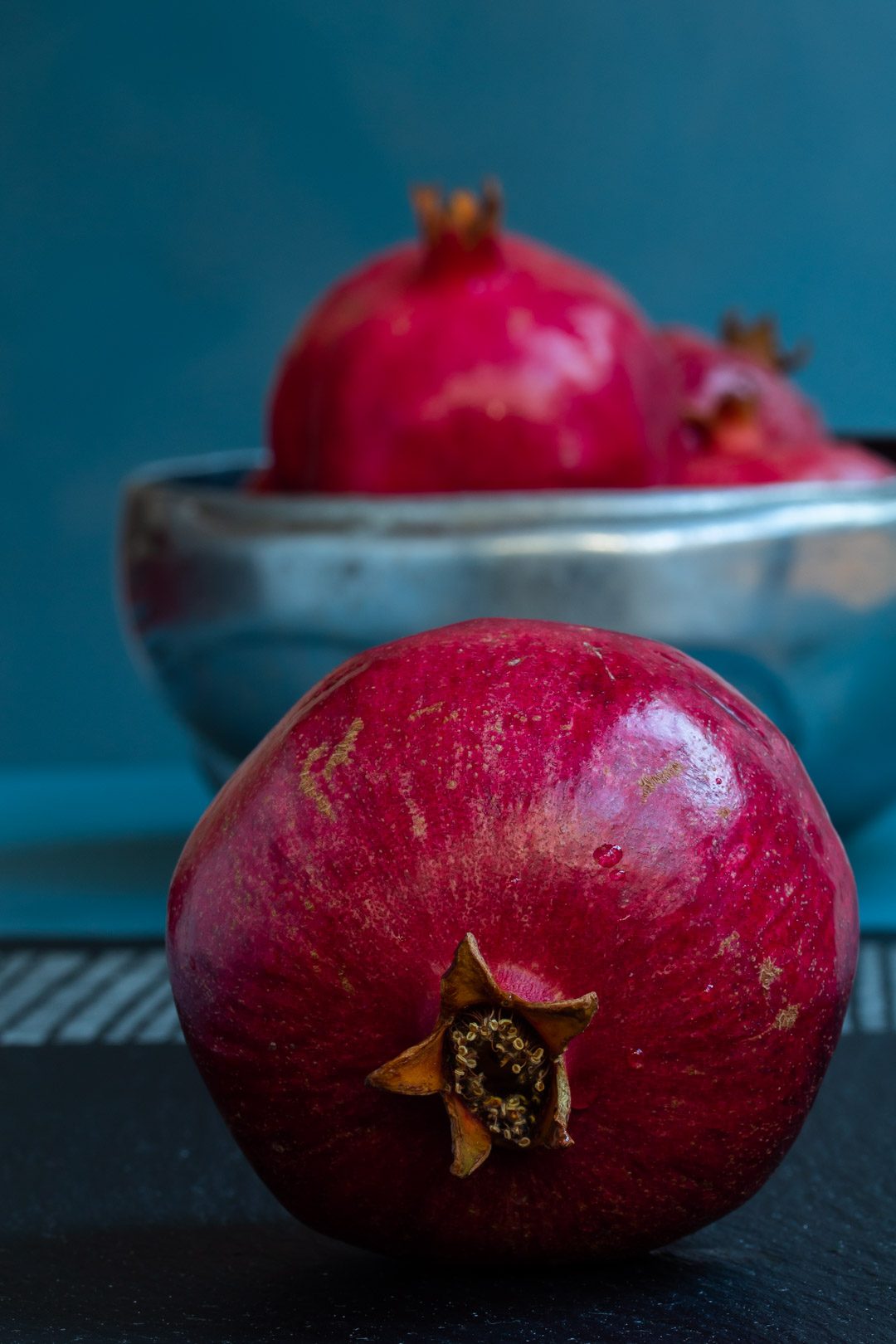
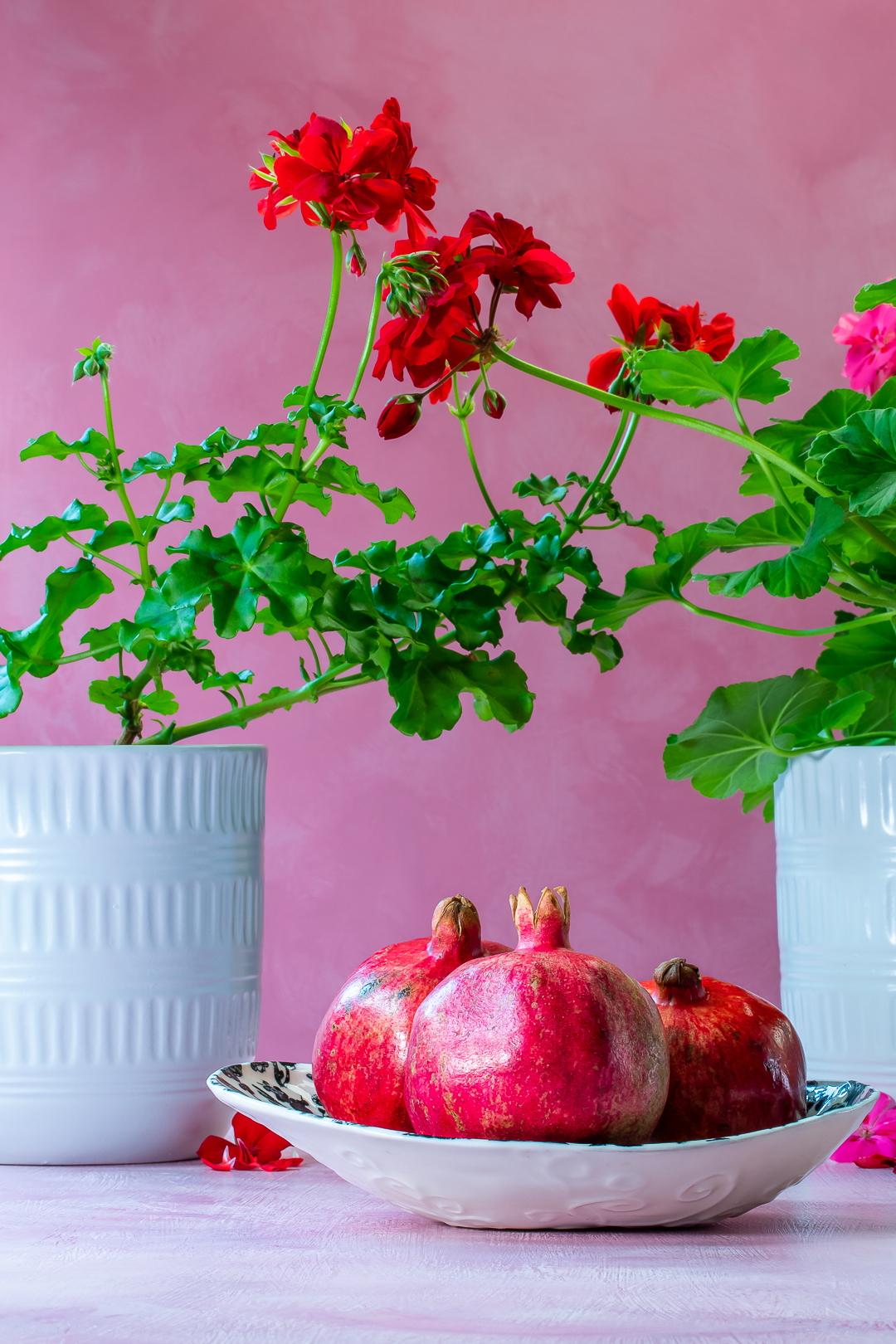
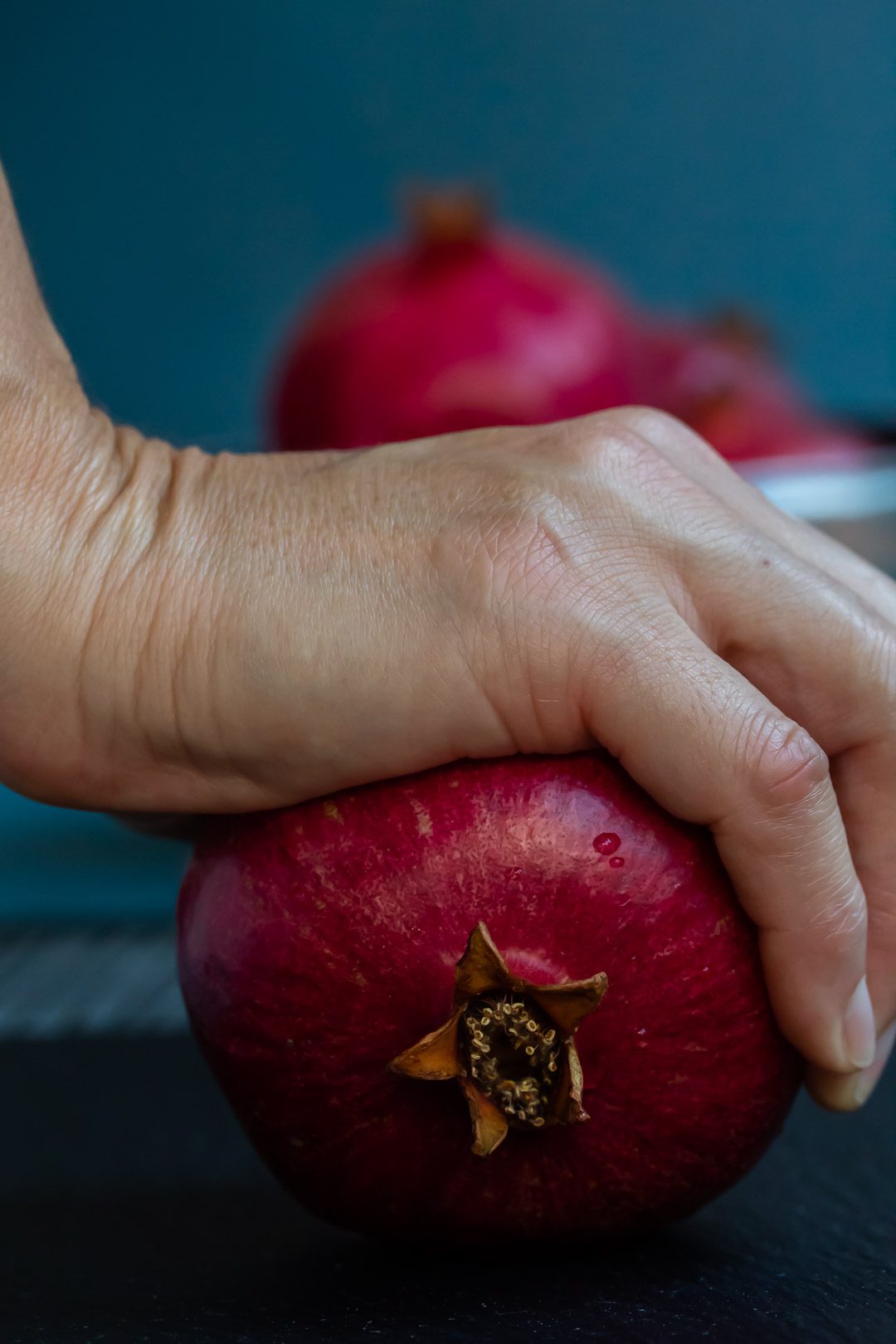
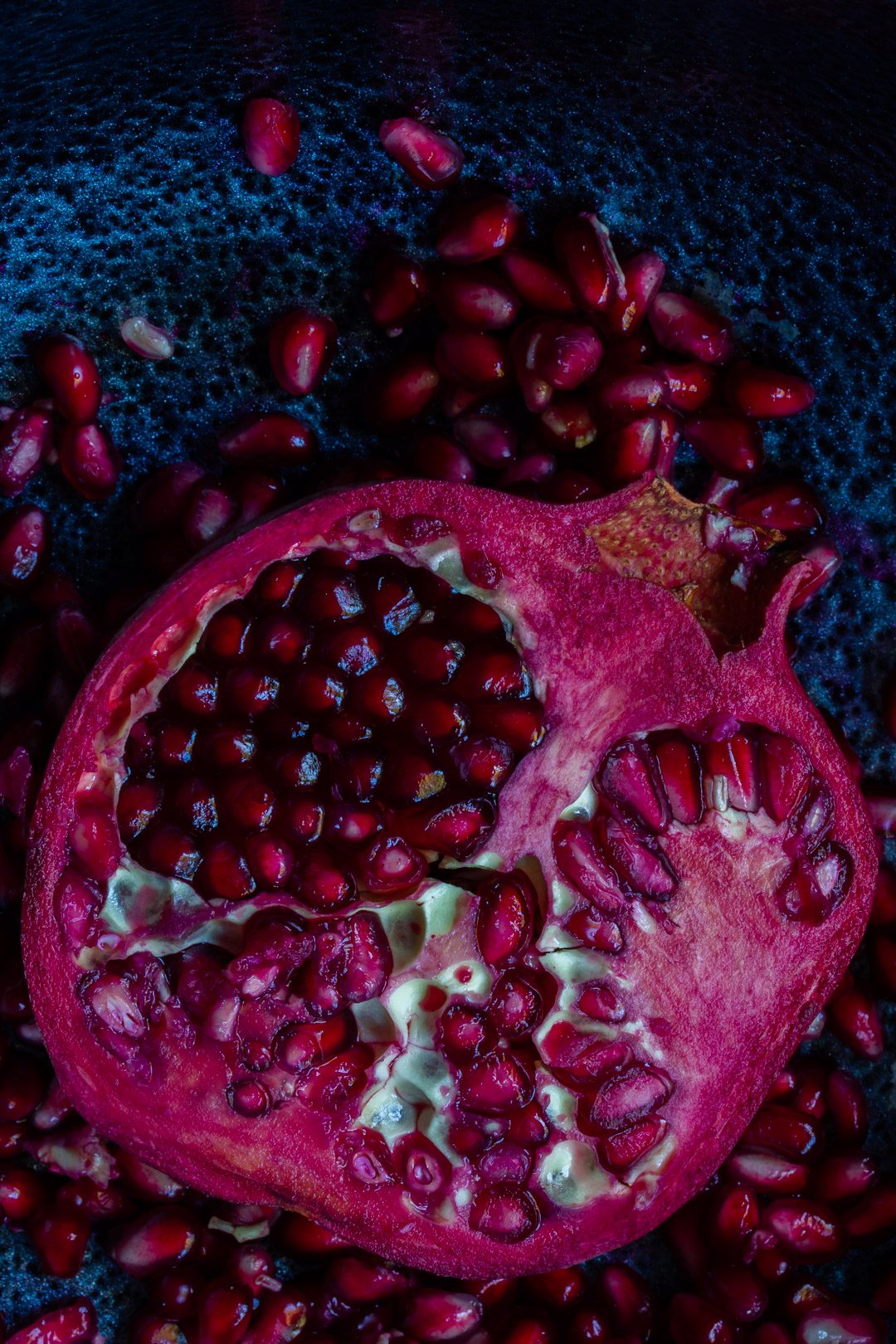
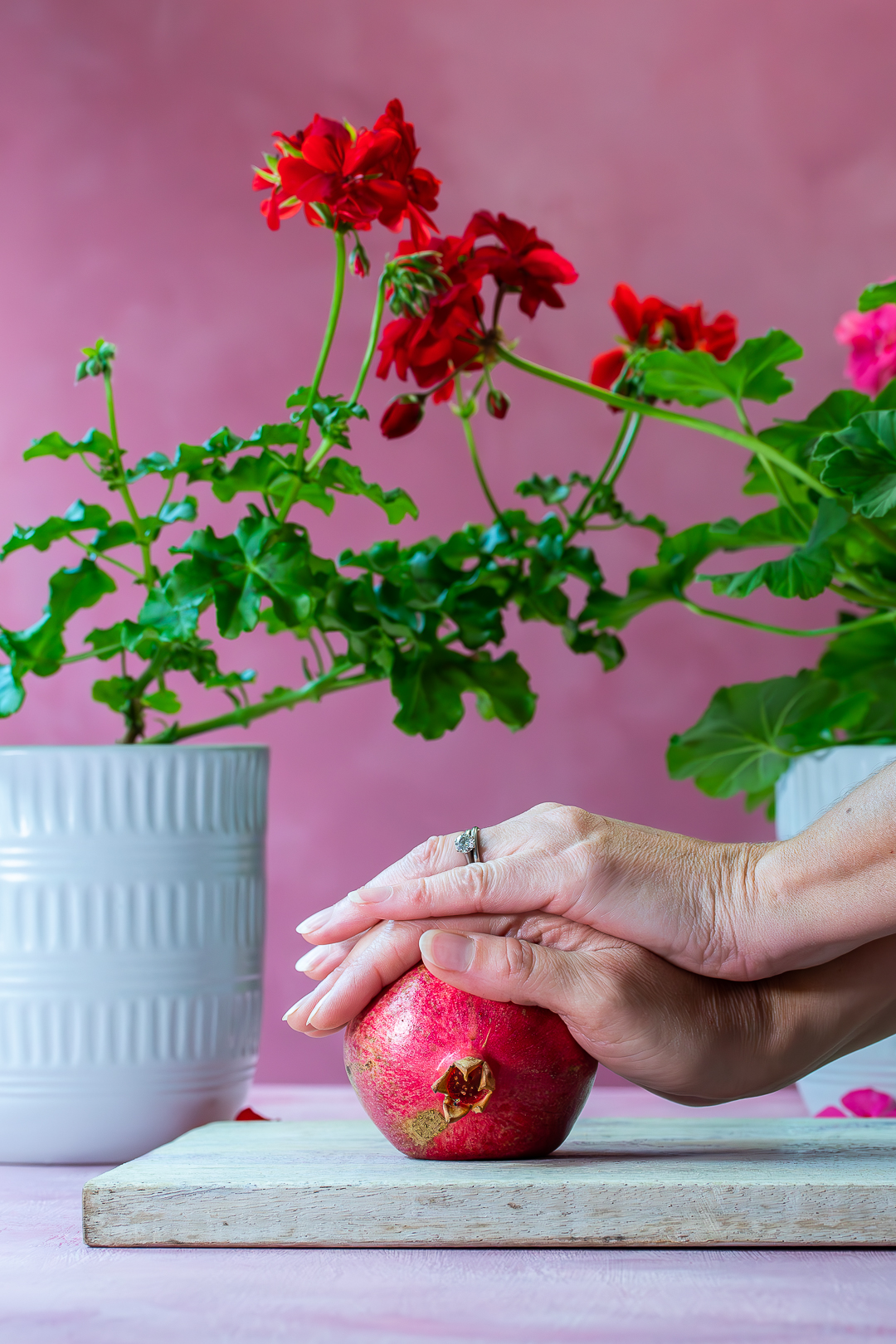
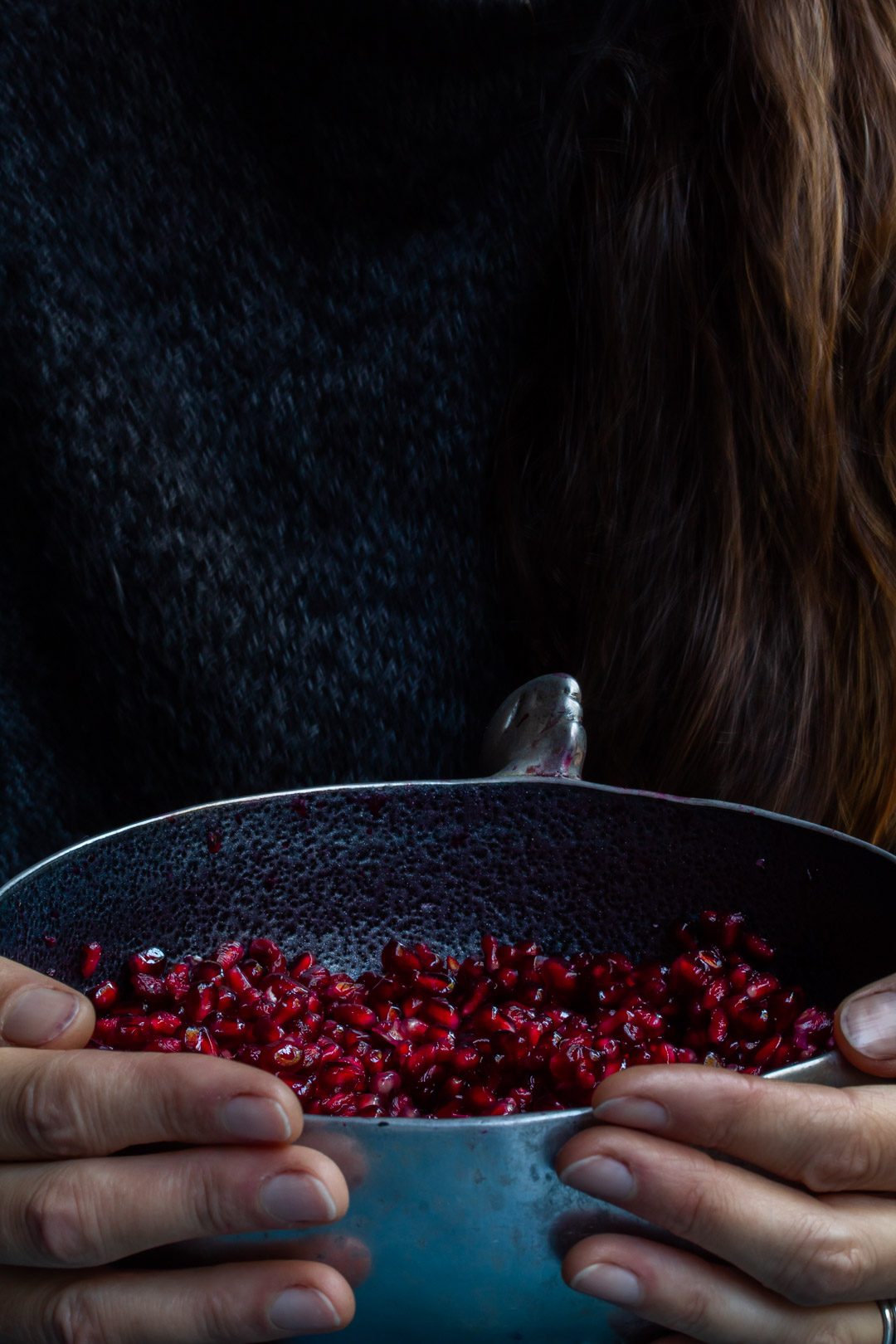
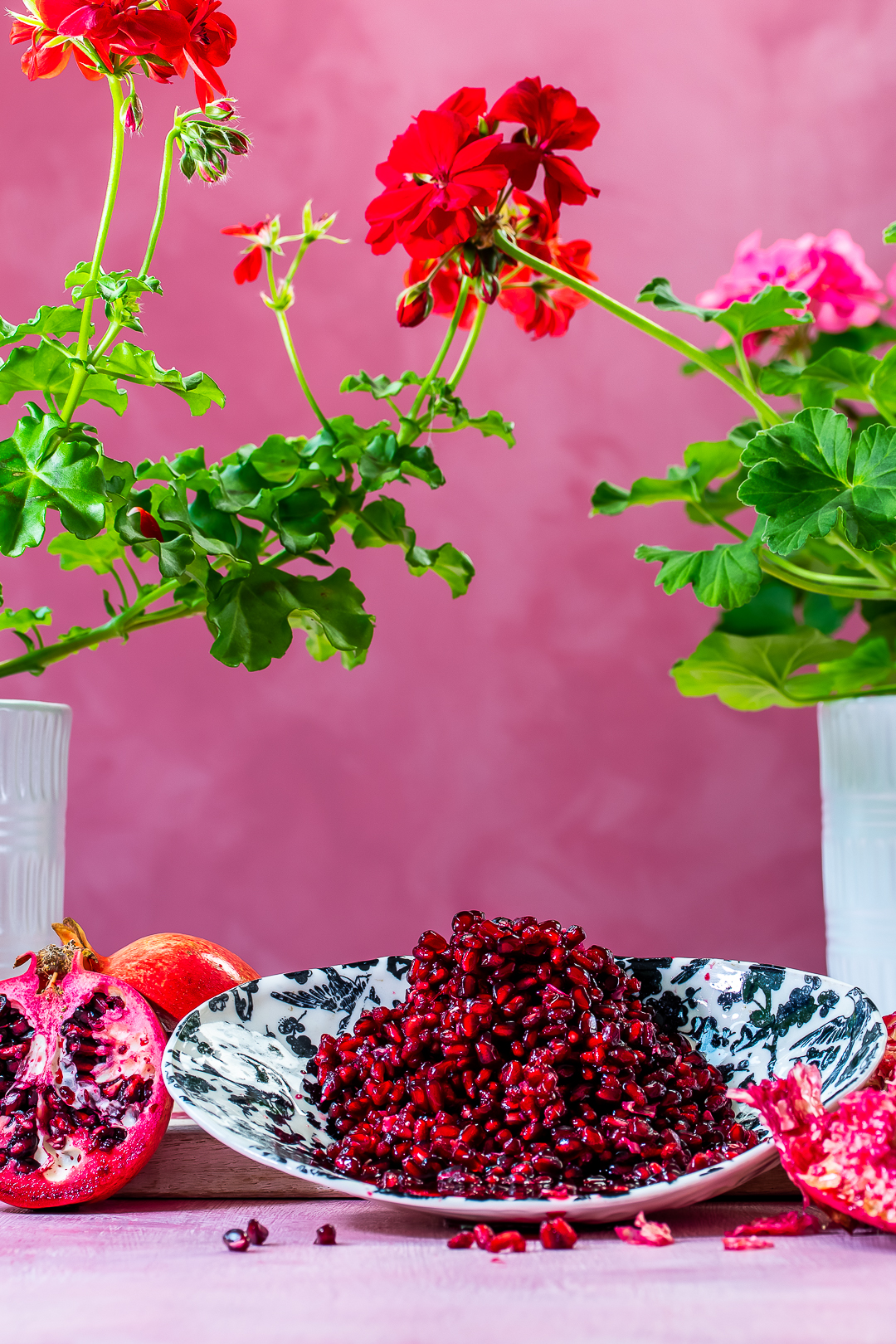
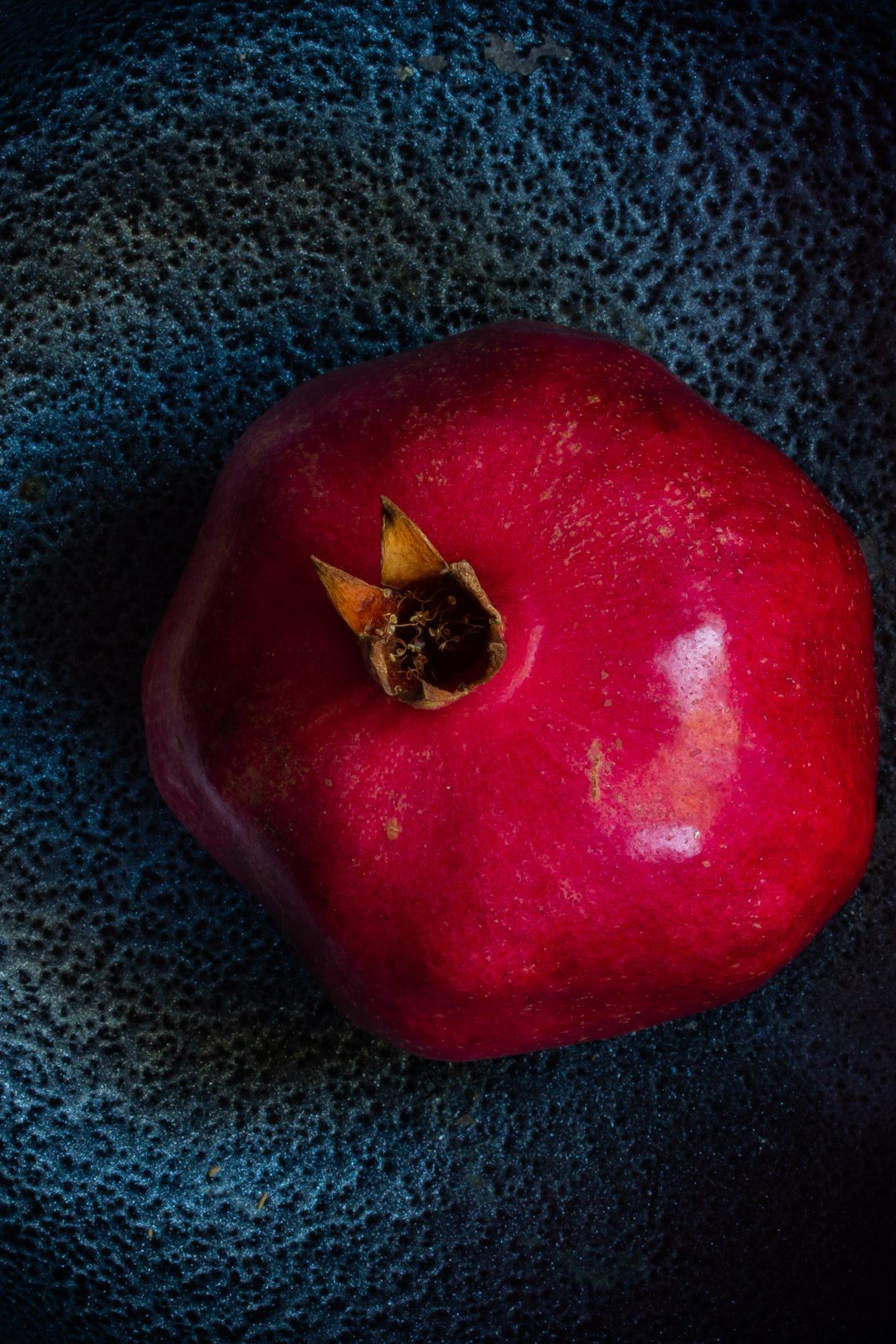
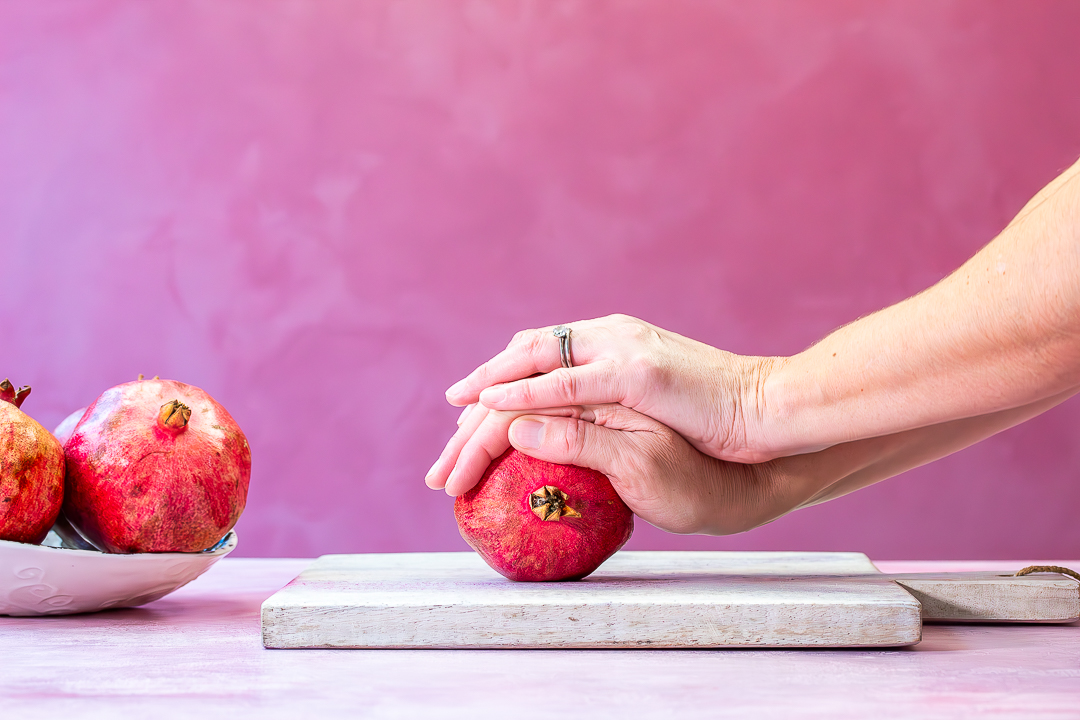
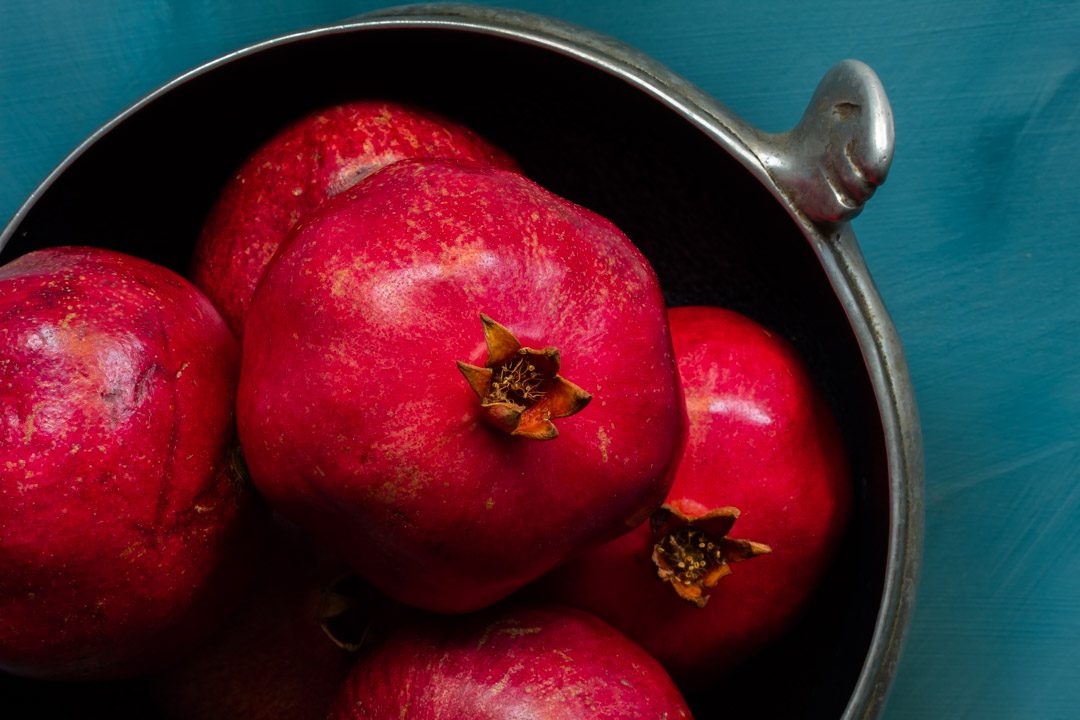
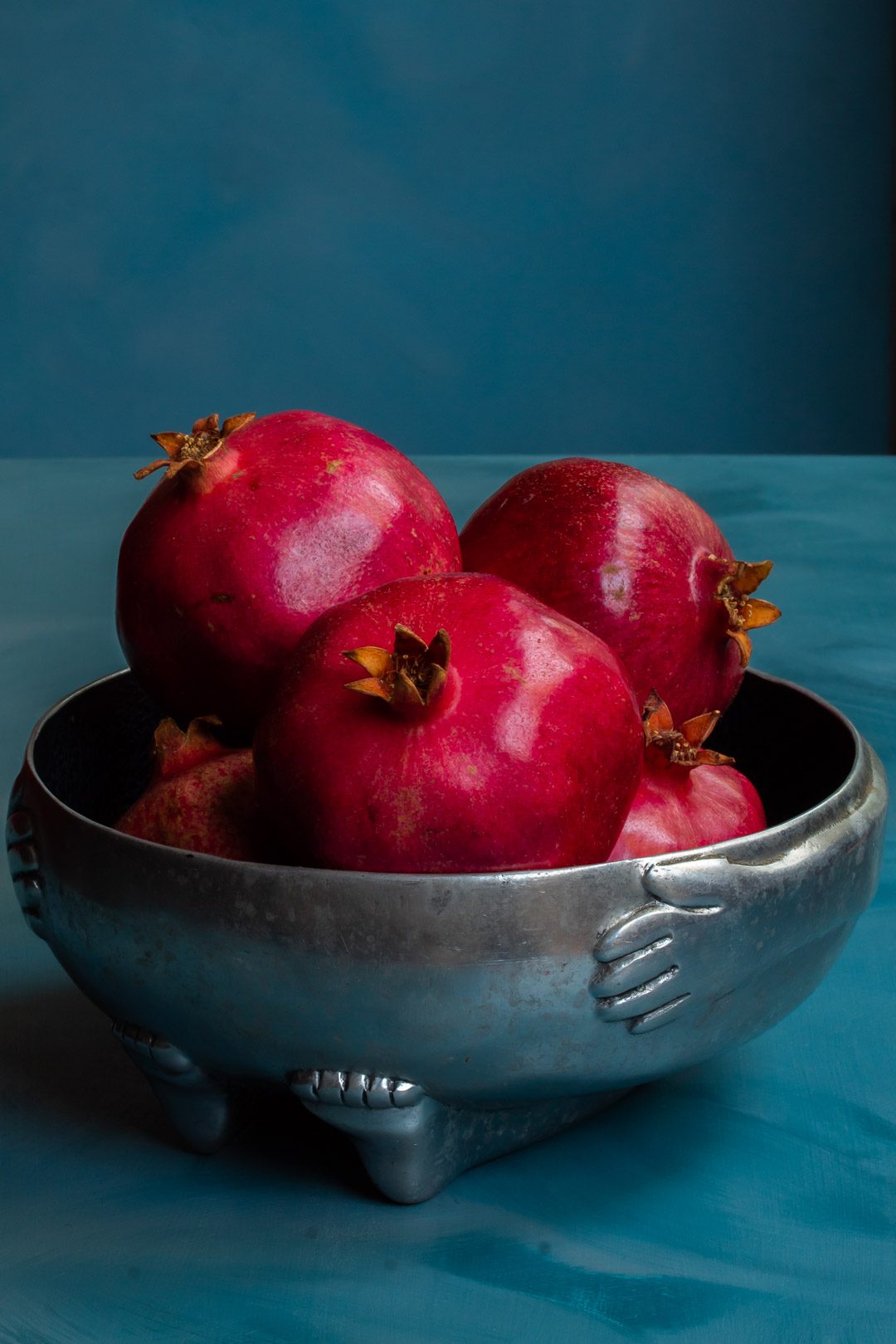
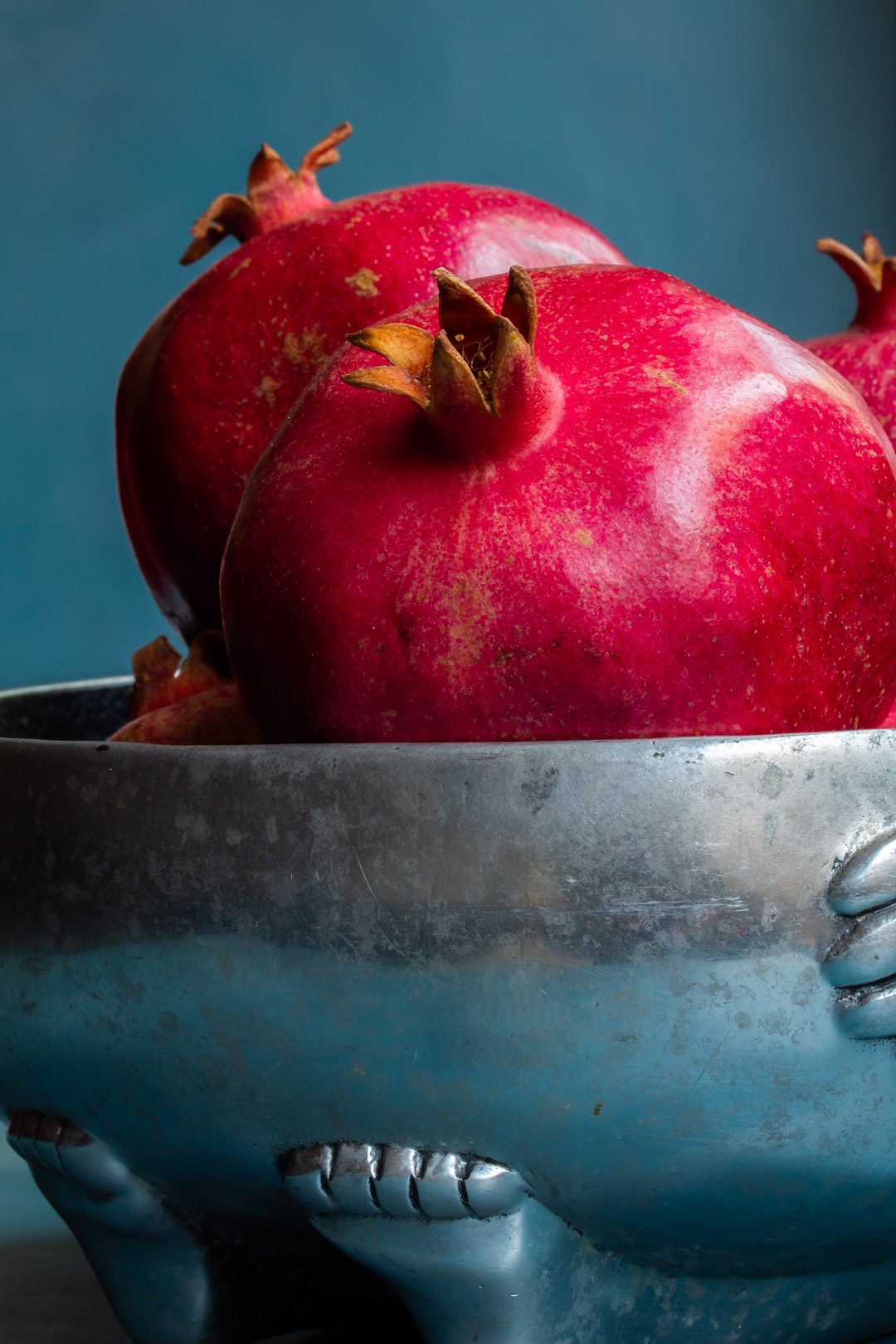
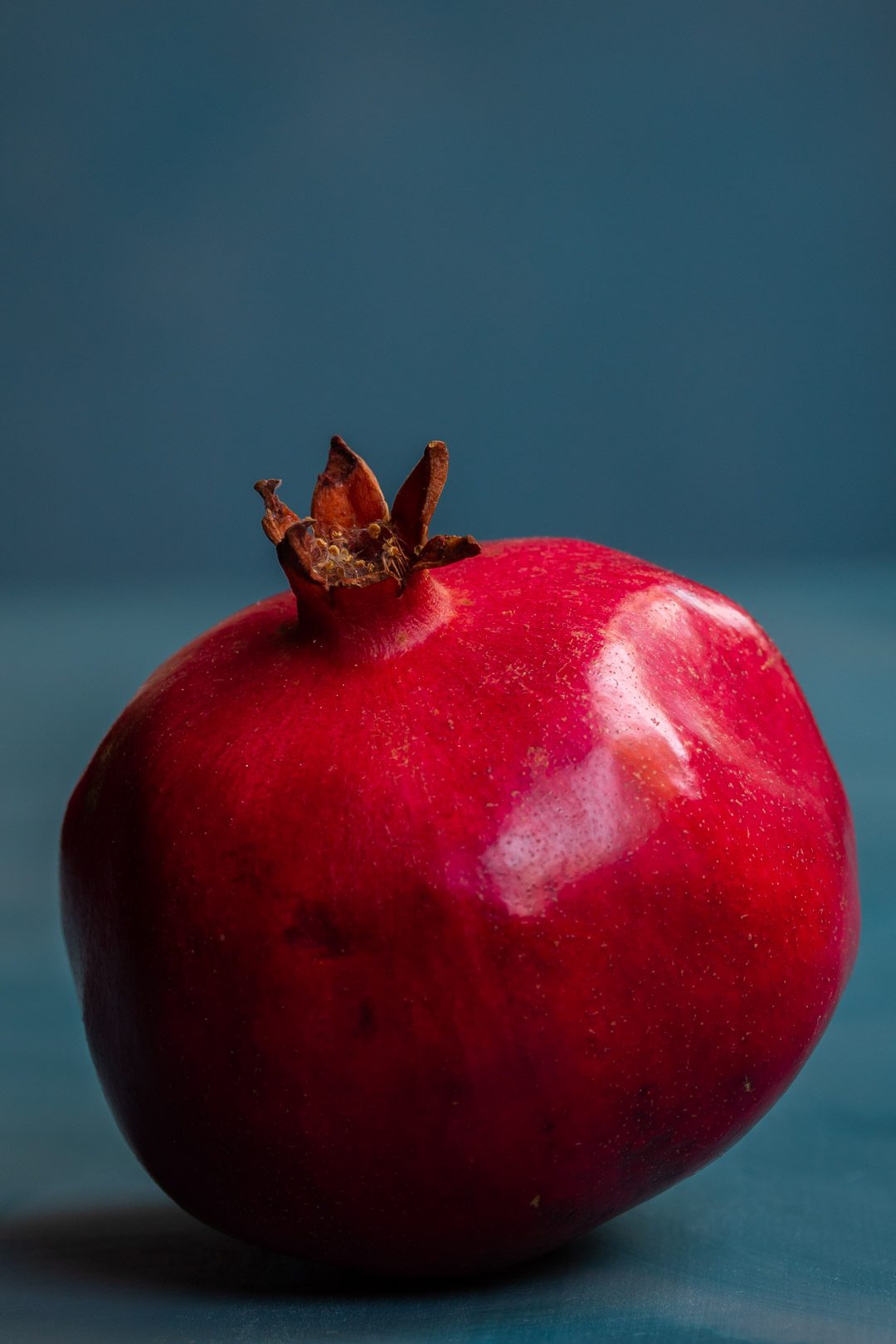
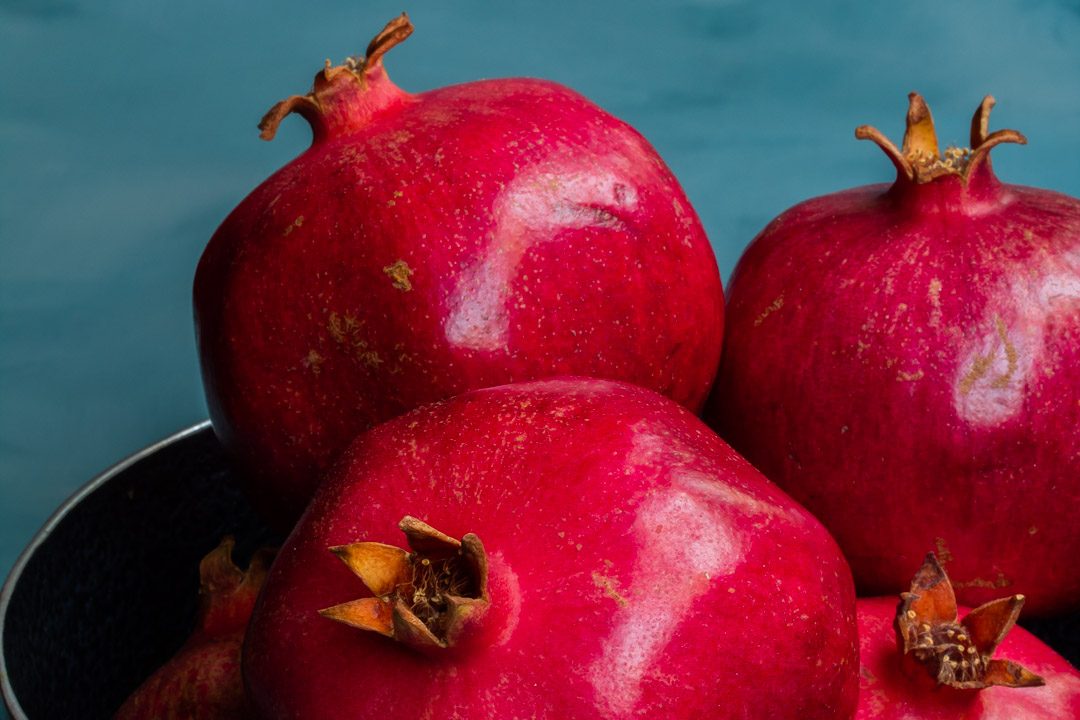
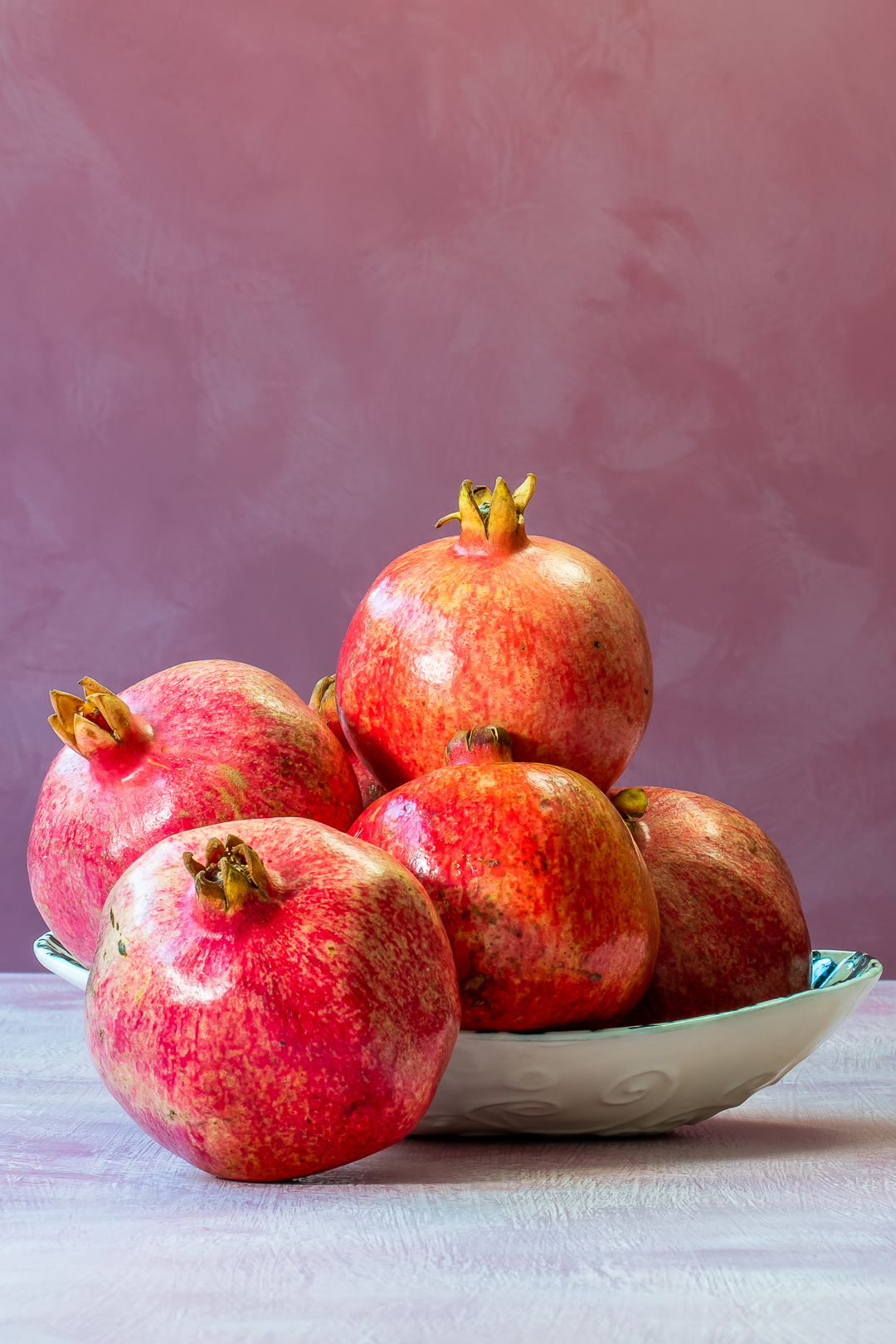
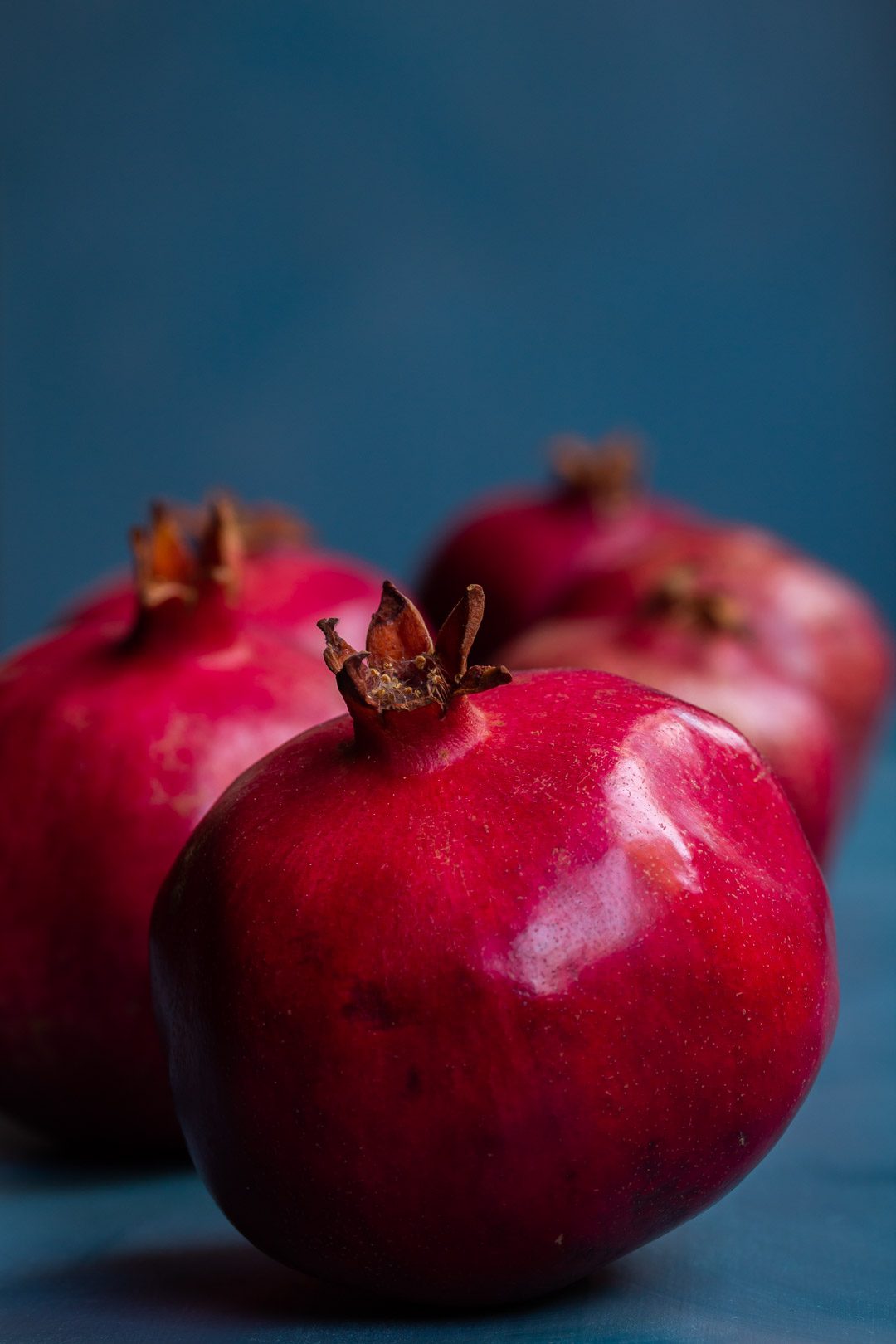
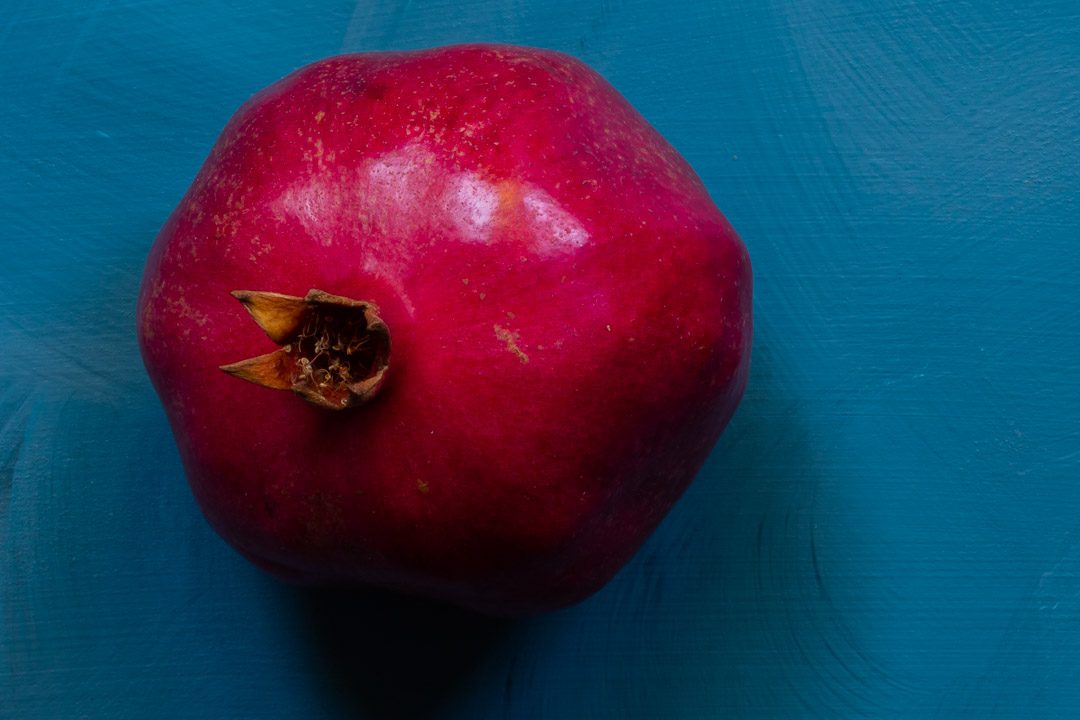
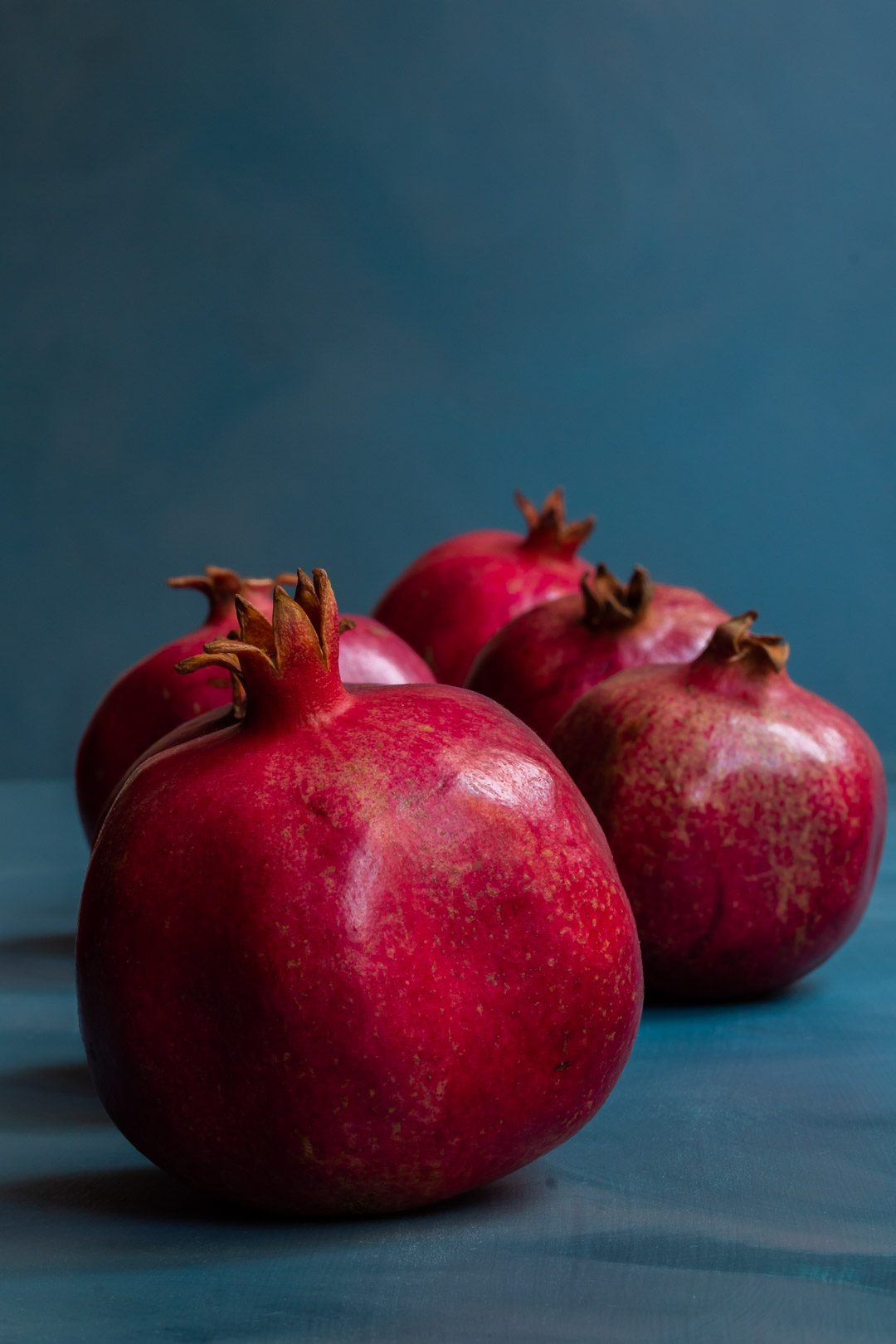
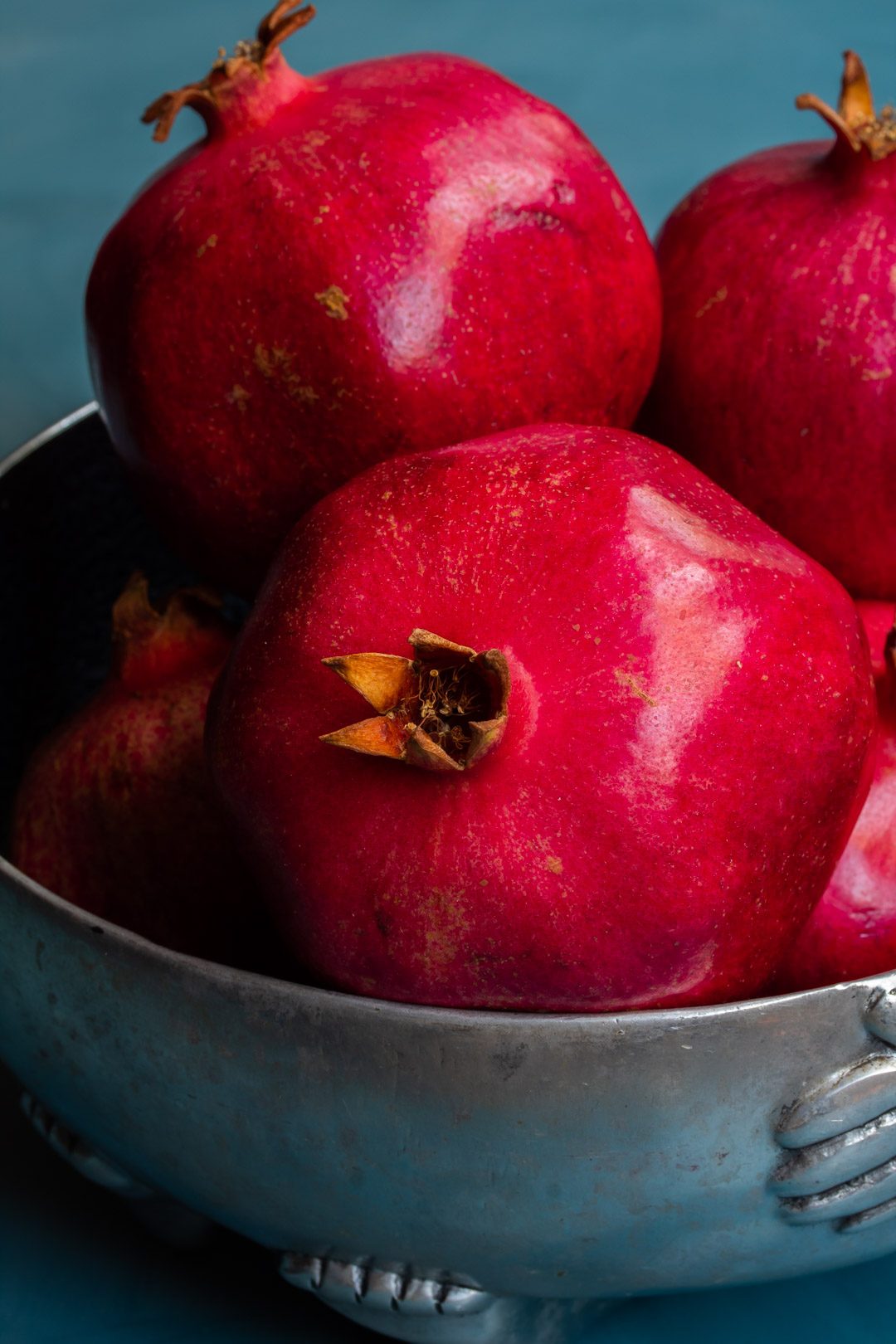
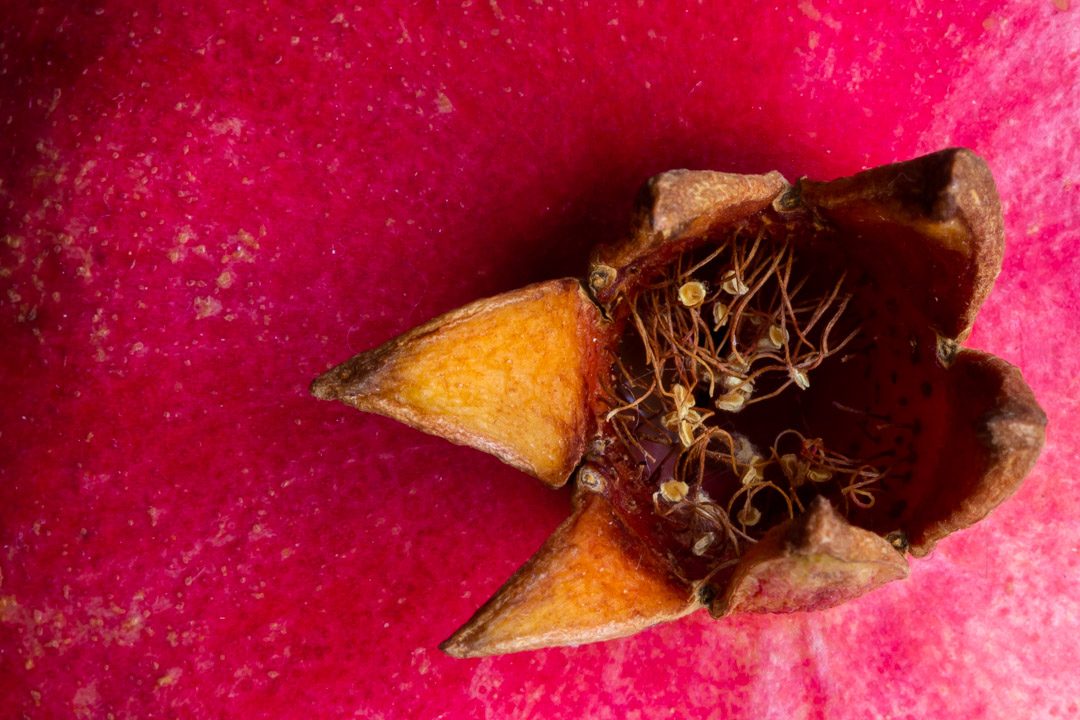
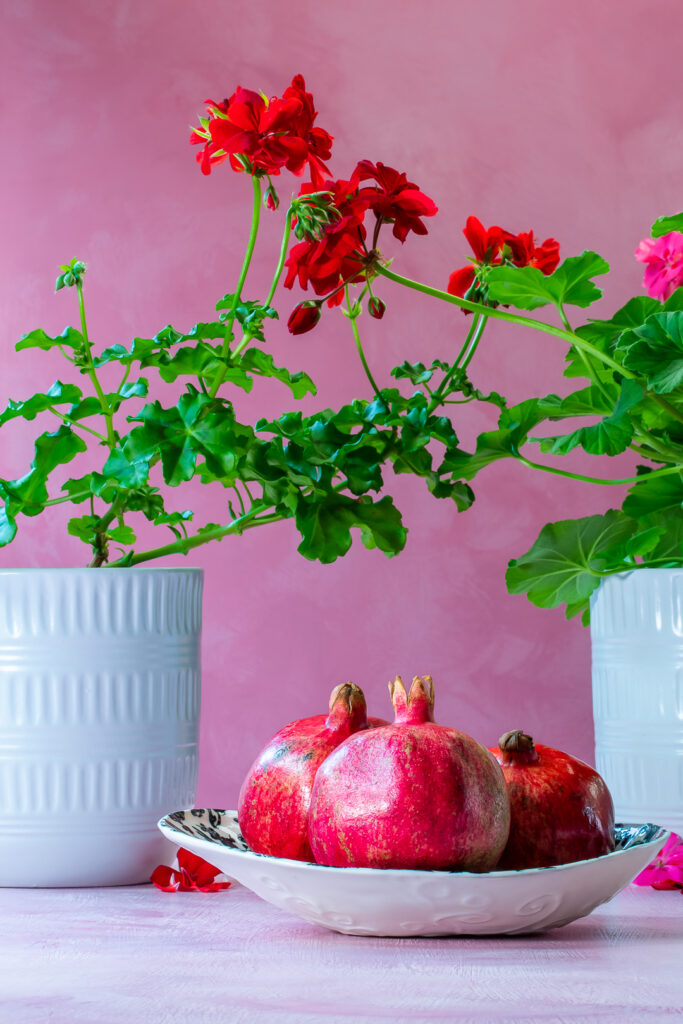
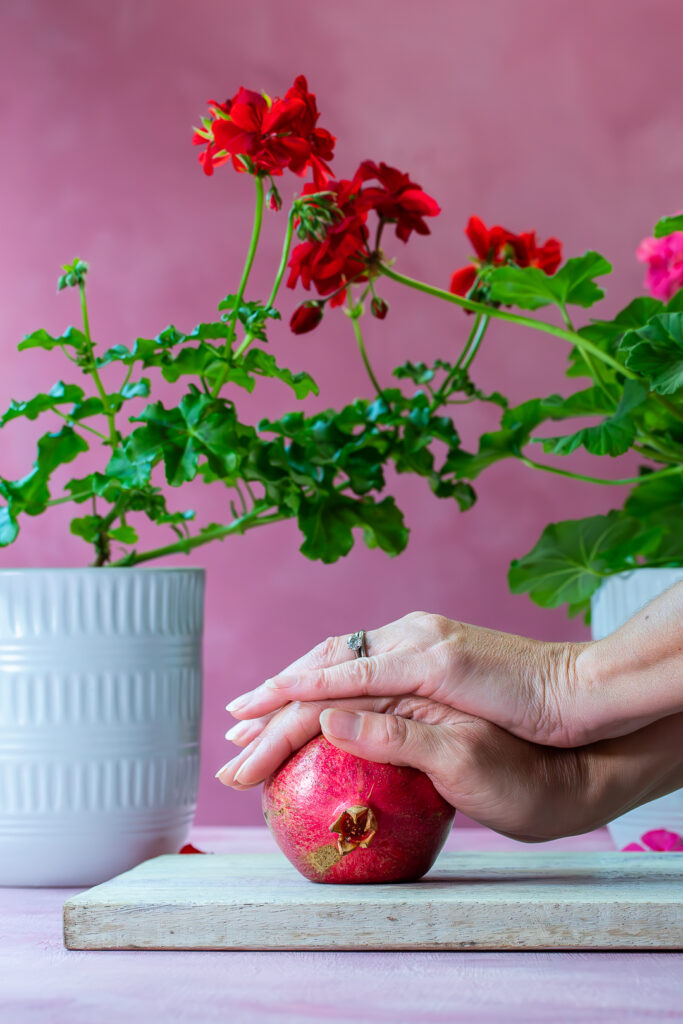
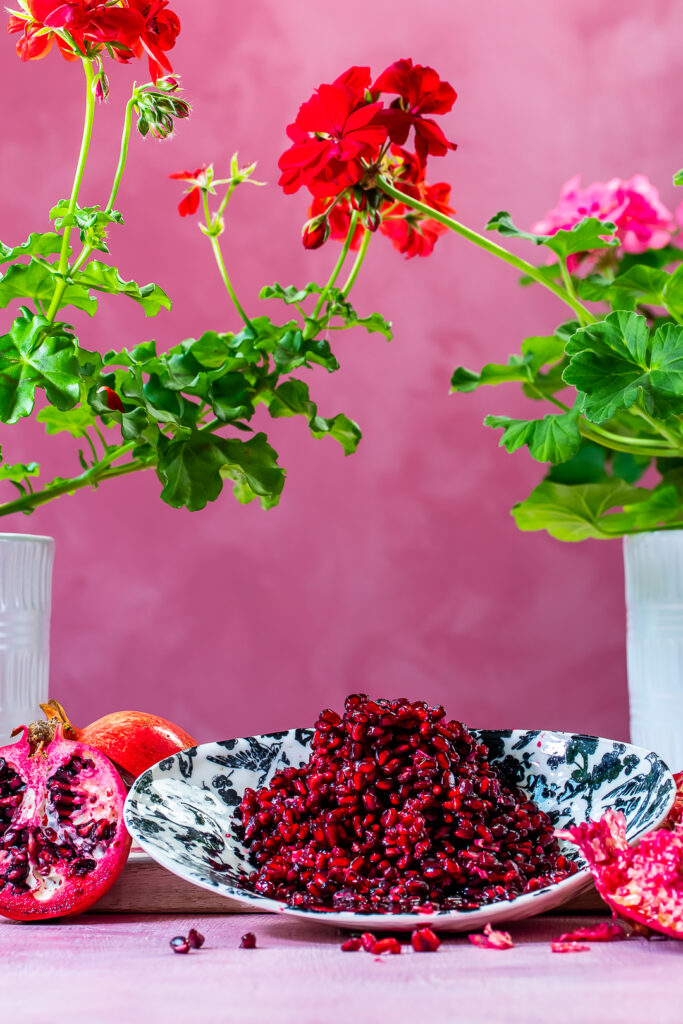
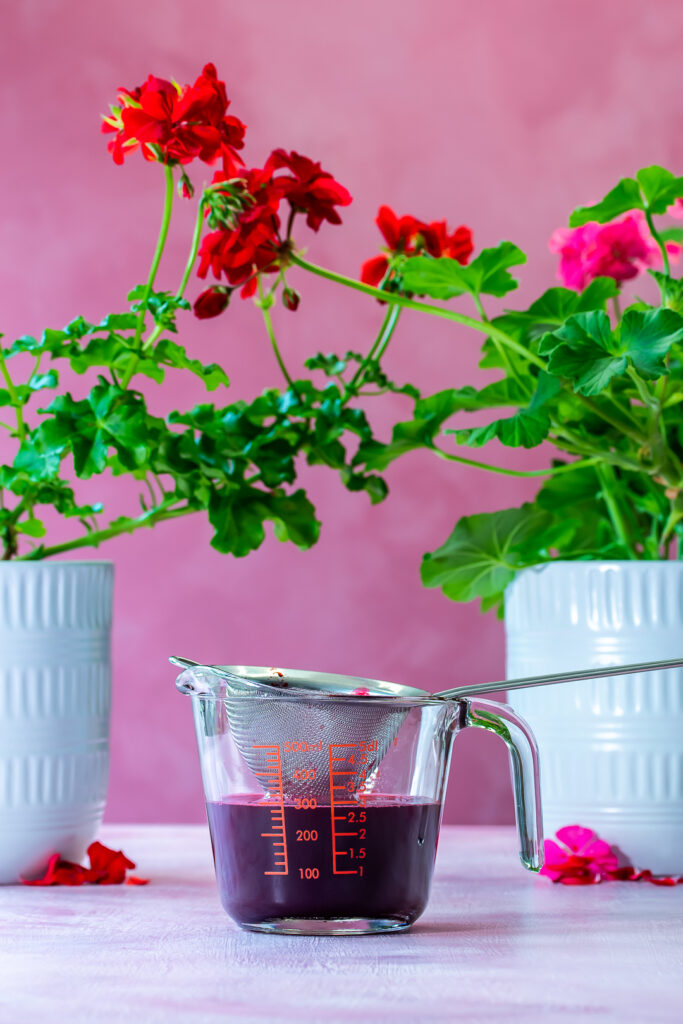
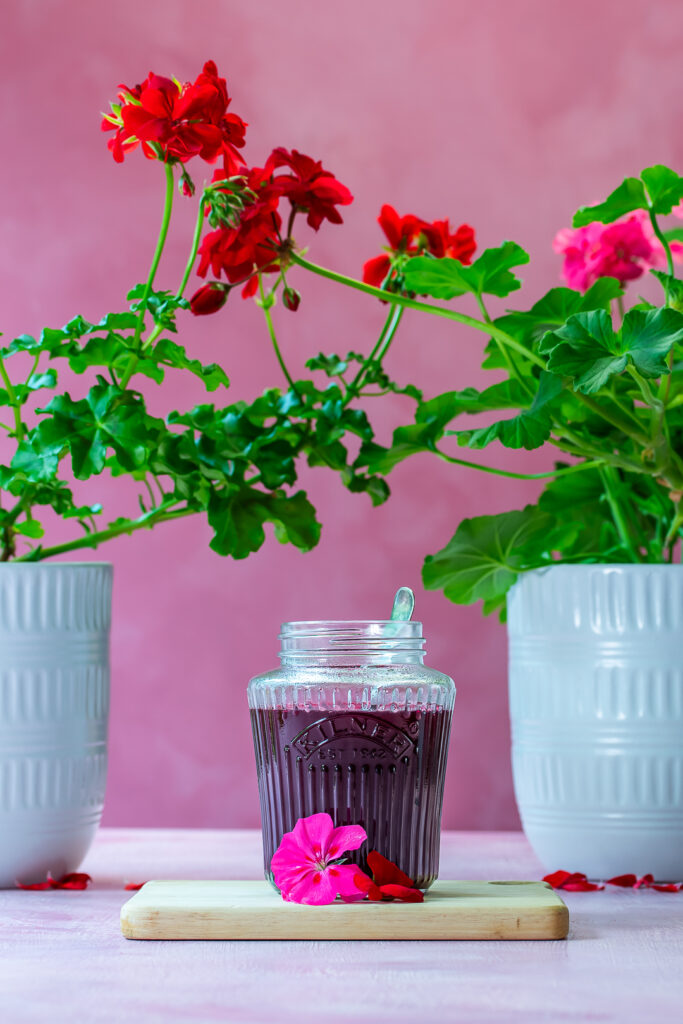

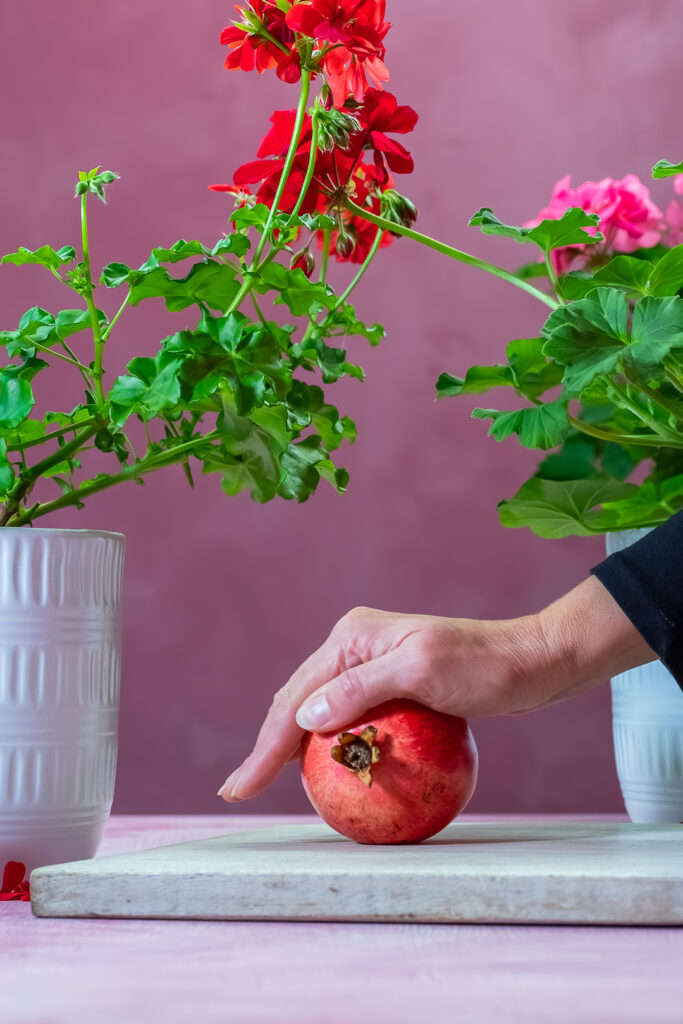

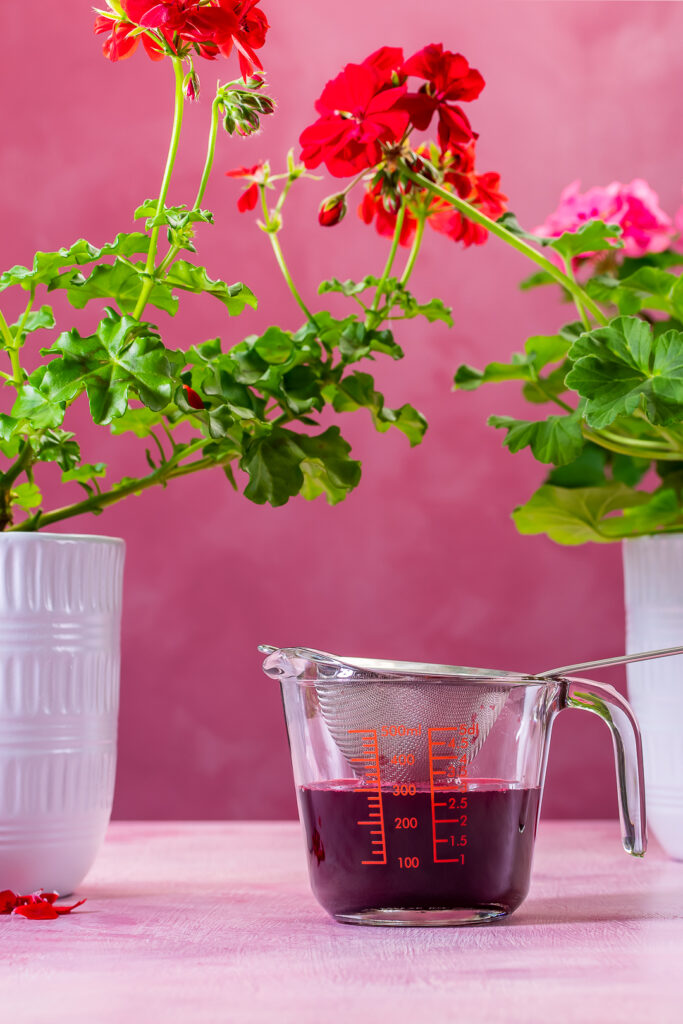
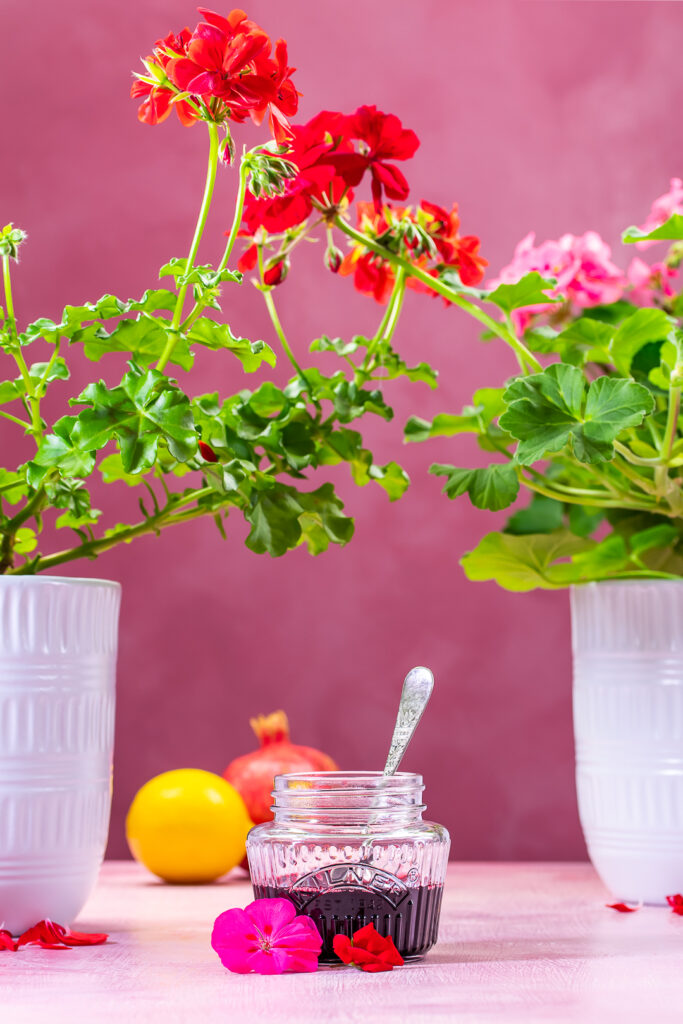
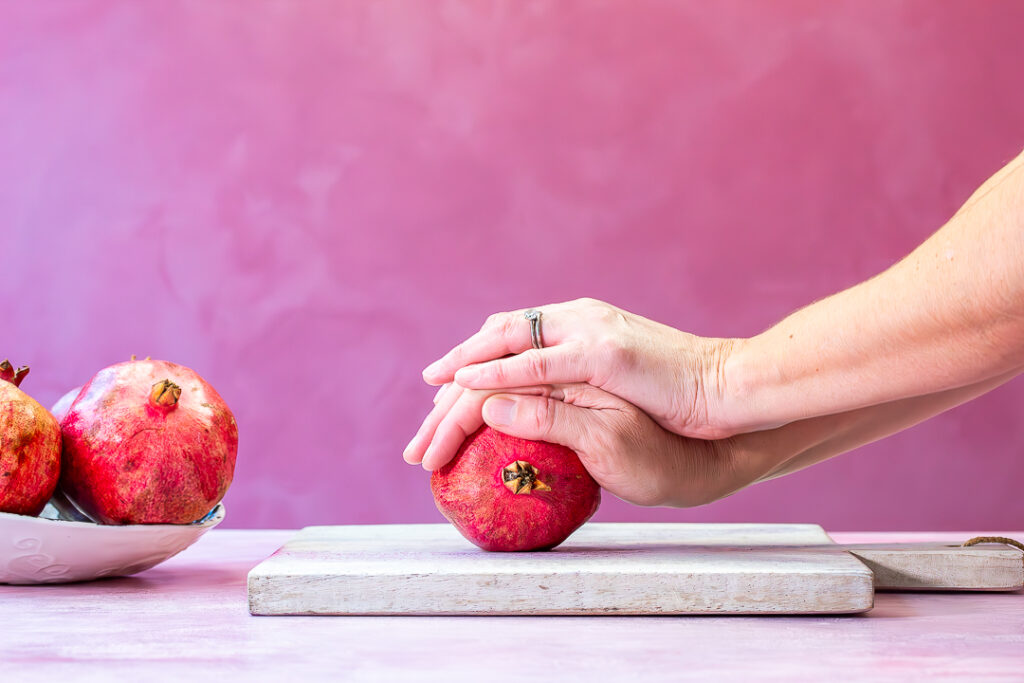
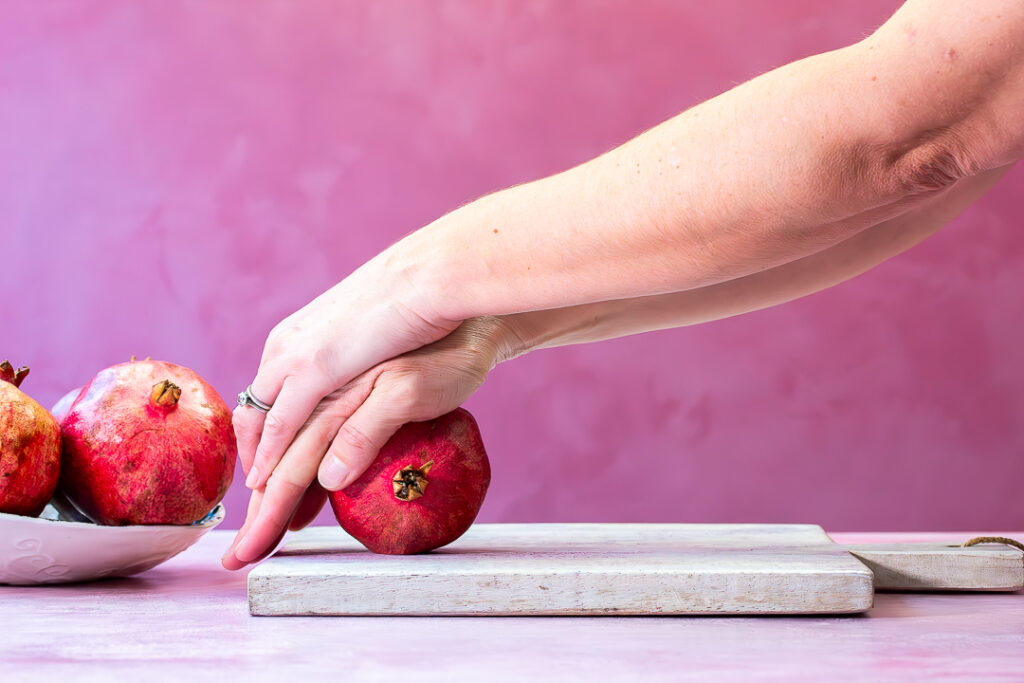
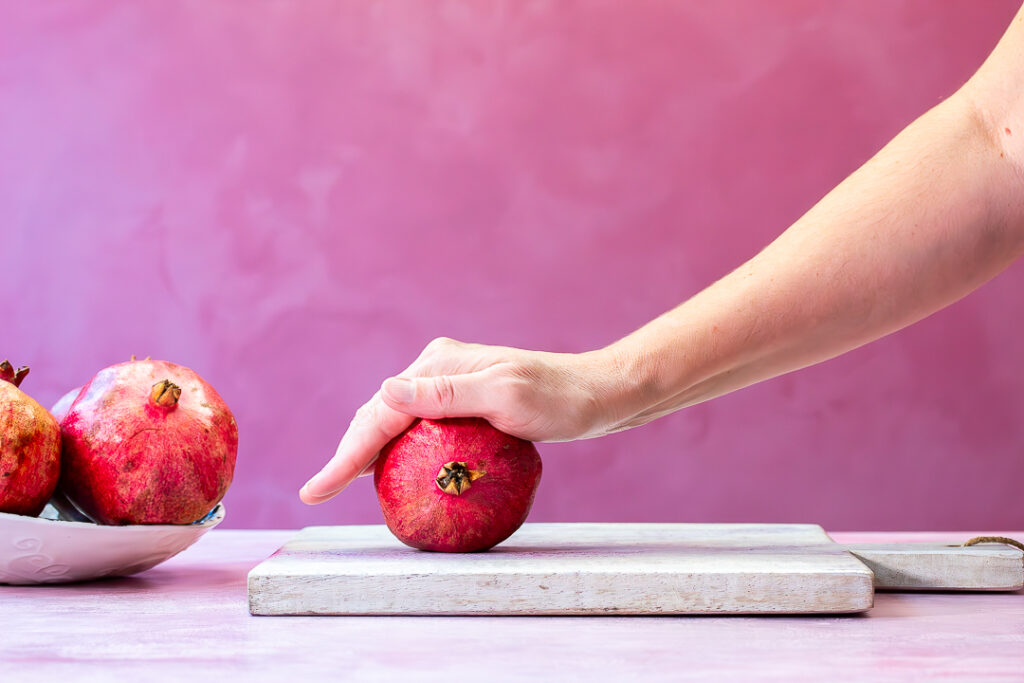
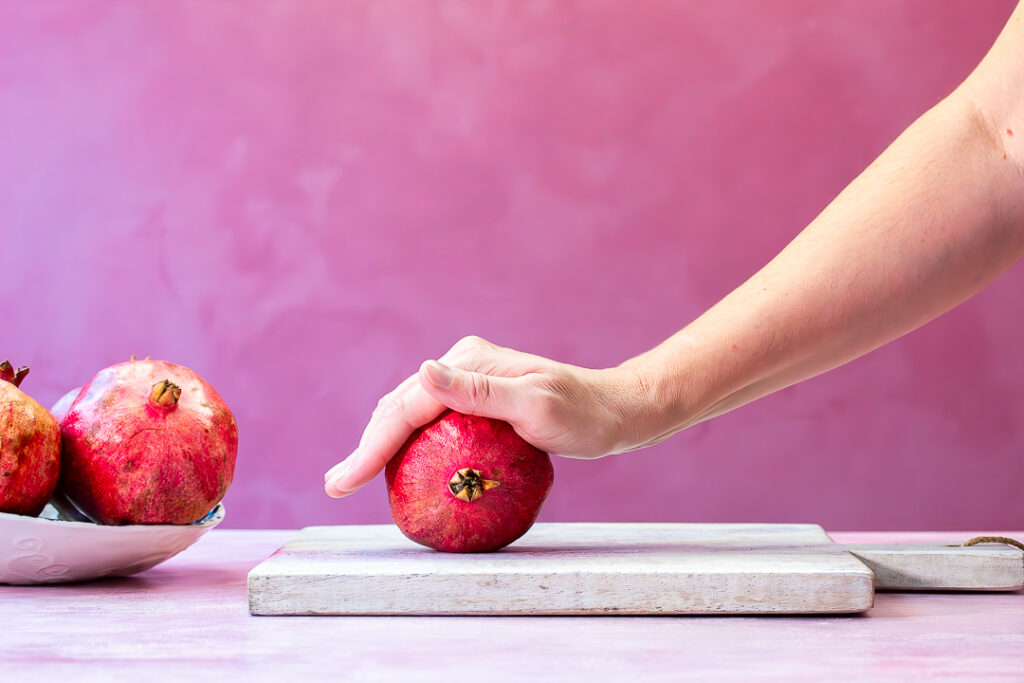
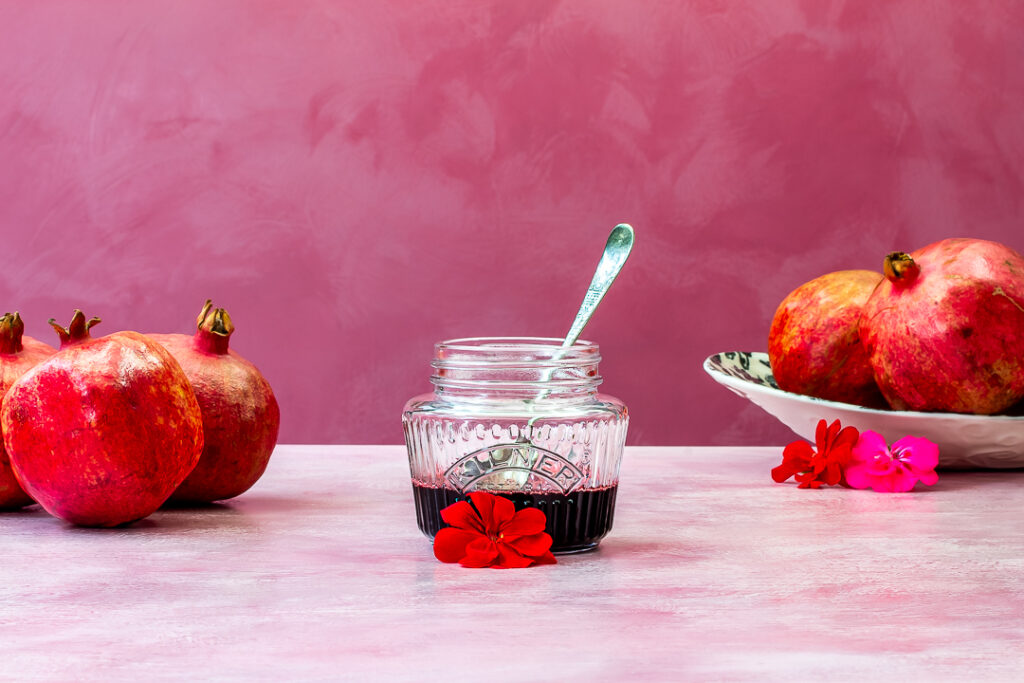
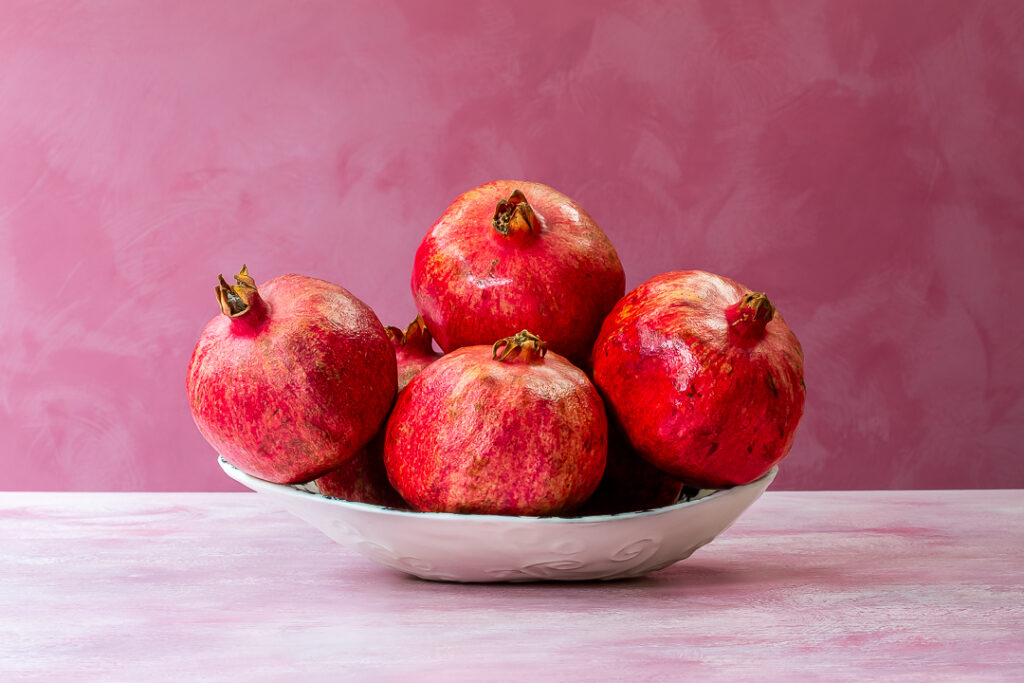
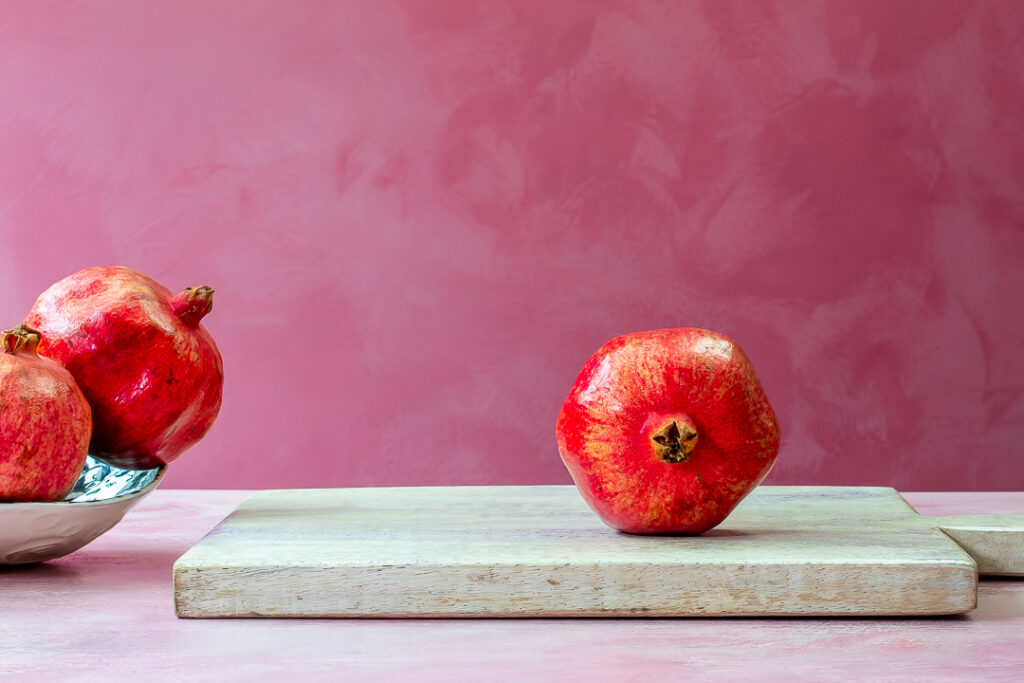
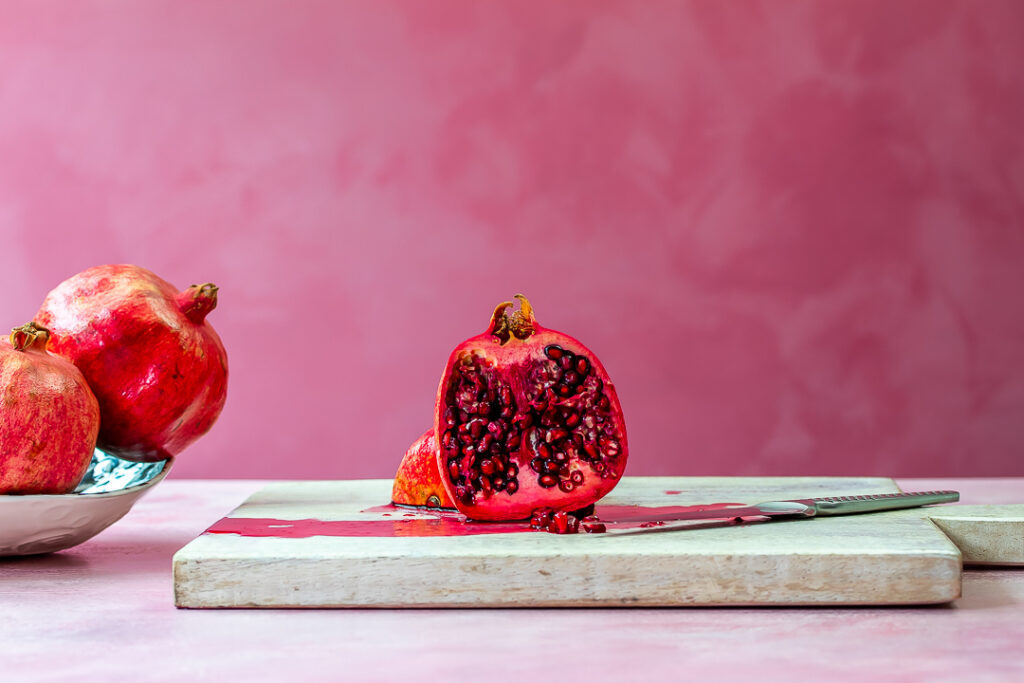
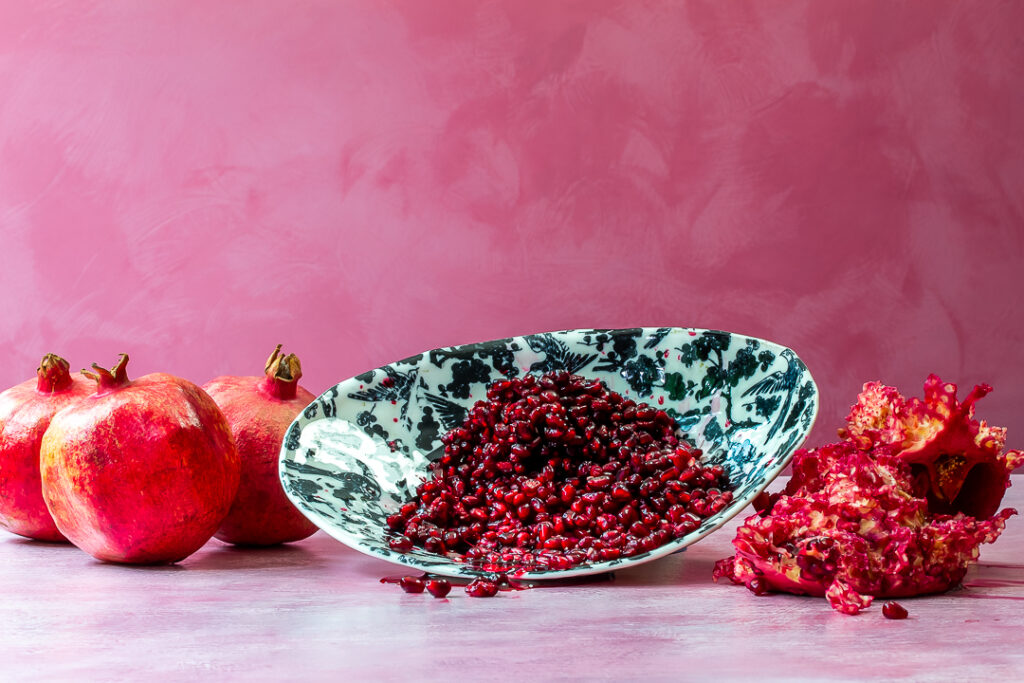
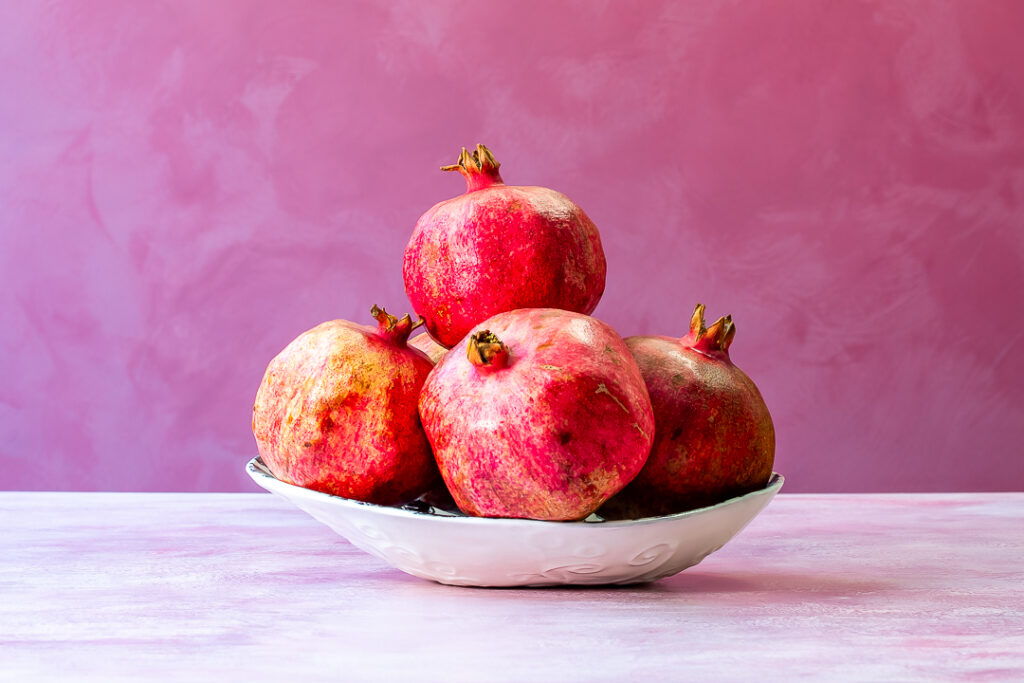
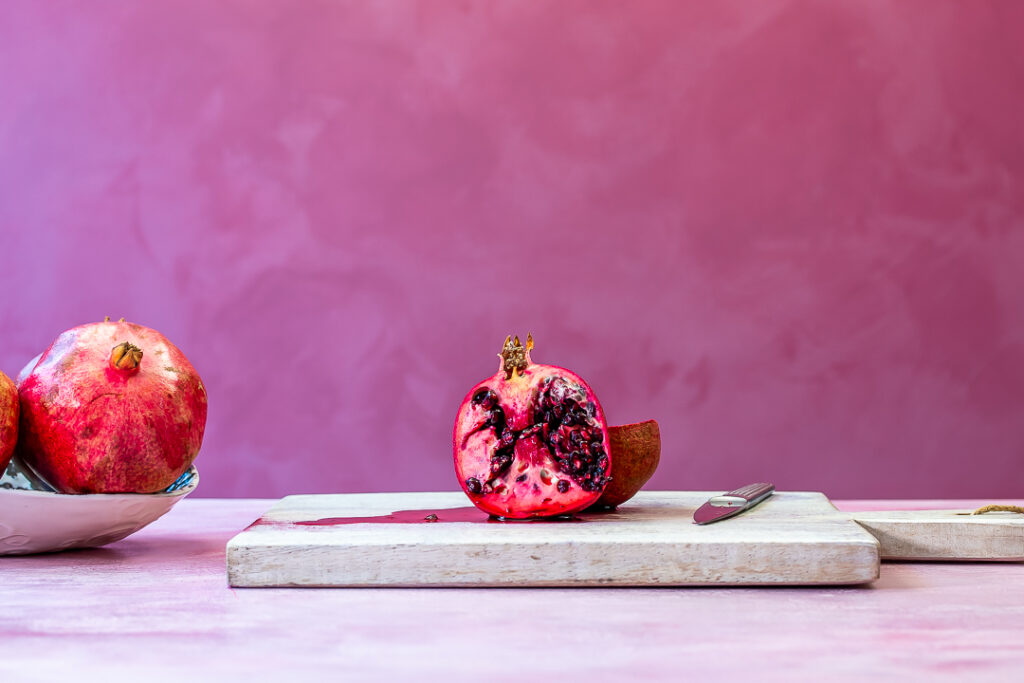
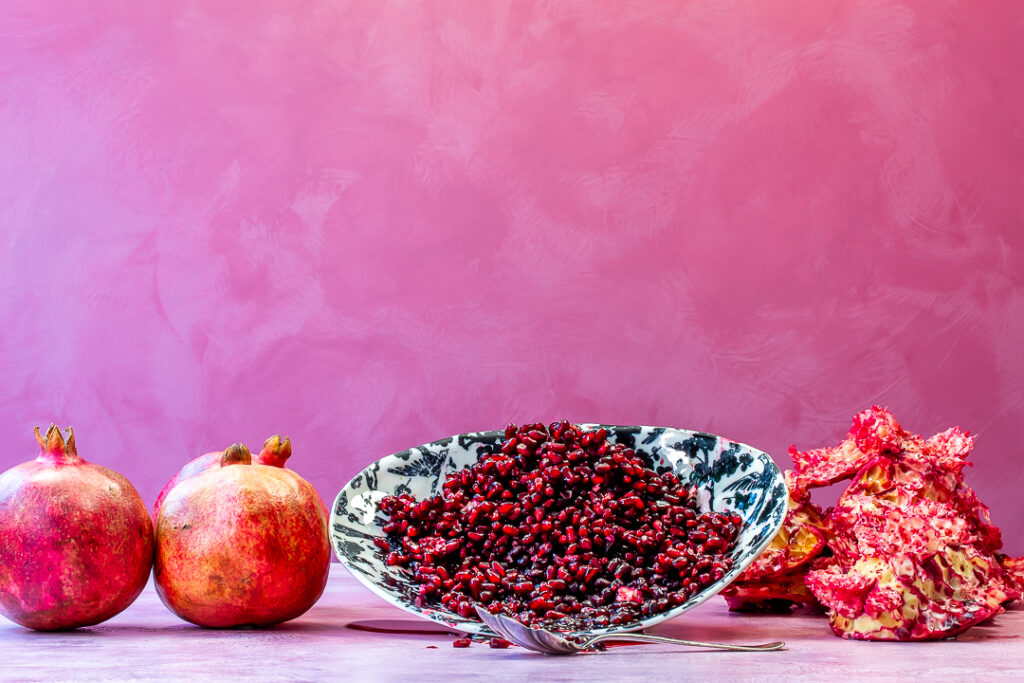
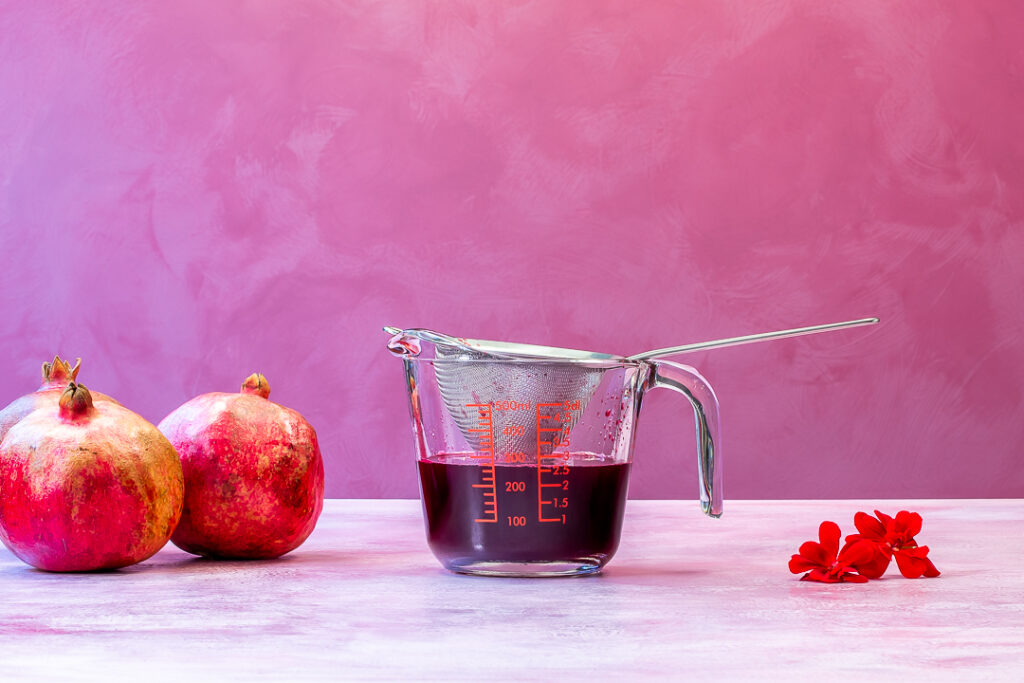
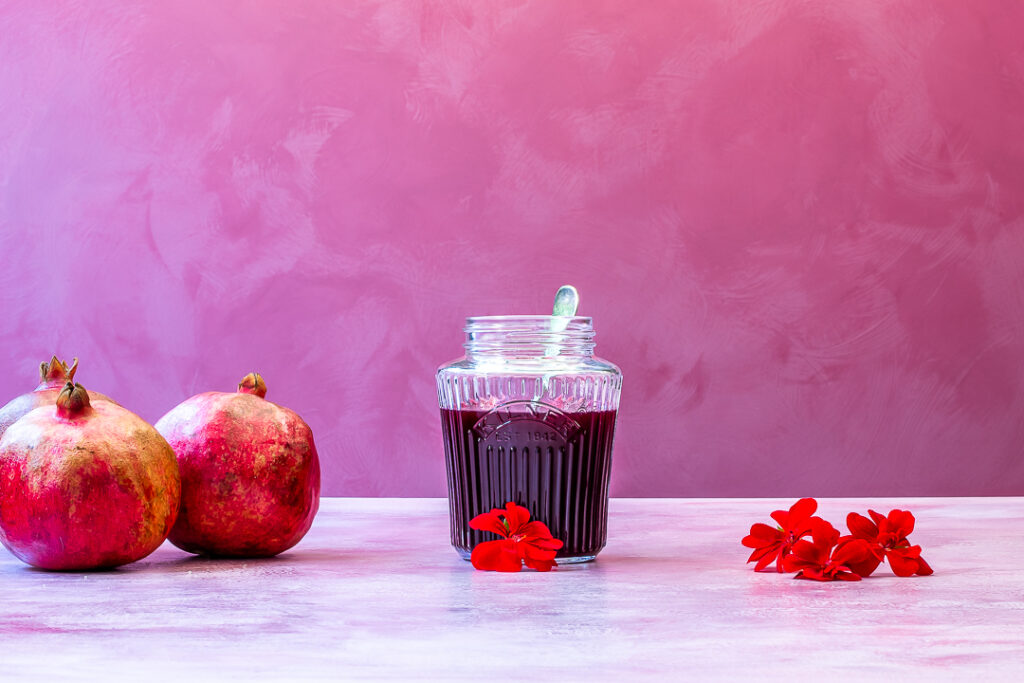
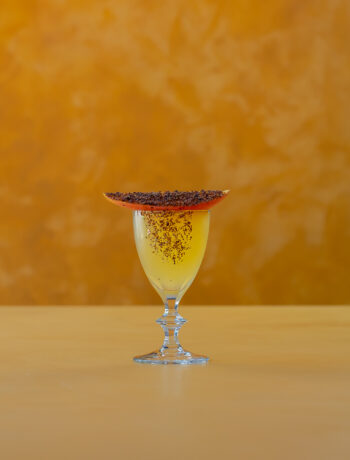

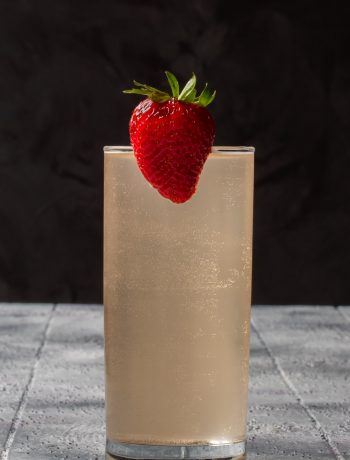

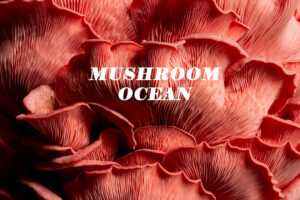






2 Comments
Judy
June 14, 2019 at 4:58 amI’ll definitely give the grenadine a go Kate – I’ll let you know how it goes.
Kate Ireland
June 14, 2019 at 6:01 amThanks Judy – it’s really yummy and goes well in cocktails and in desserts – the molasses is amazing on yoghurt. I’d love to hear how it turns out.